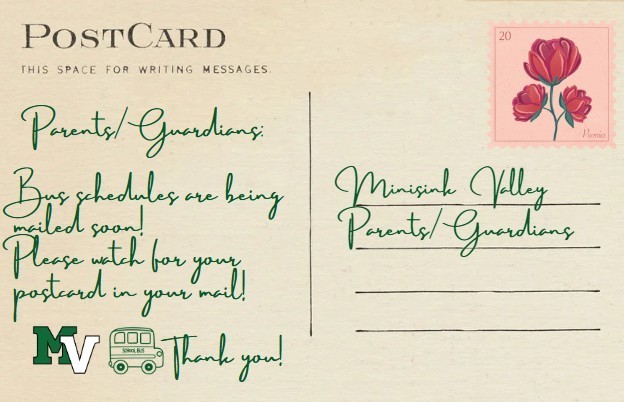Our ES kindergarteners are also learning the lunch line routine! They’re getting just as good as the big kids, with some assistance from very kind helpers (thank you, helpers) They’re lining up, getting their trays and then ---decisions, decisions -- what to select for their entrée? They’re reminded to move “down the line, like a train” to where they pickup milk, scan their barcodes at checkout, go to their assigned tables to eat and chat with new friends! Look how grown up they are!
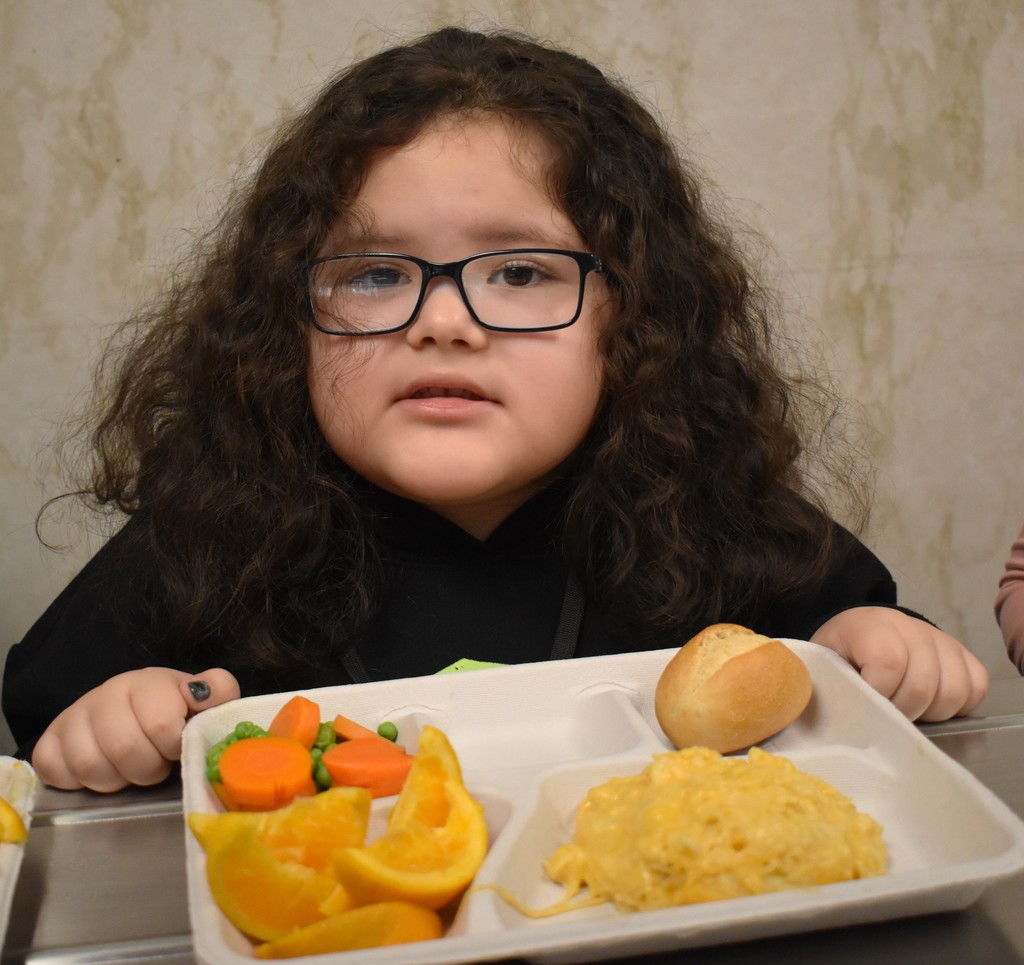
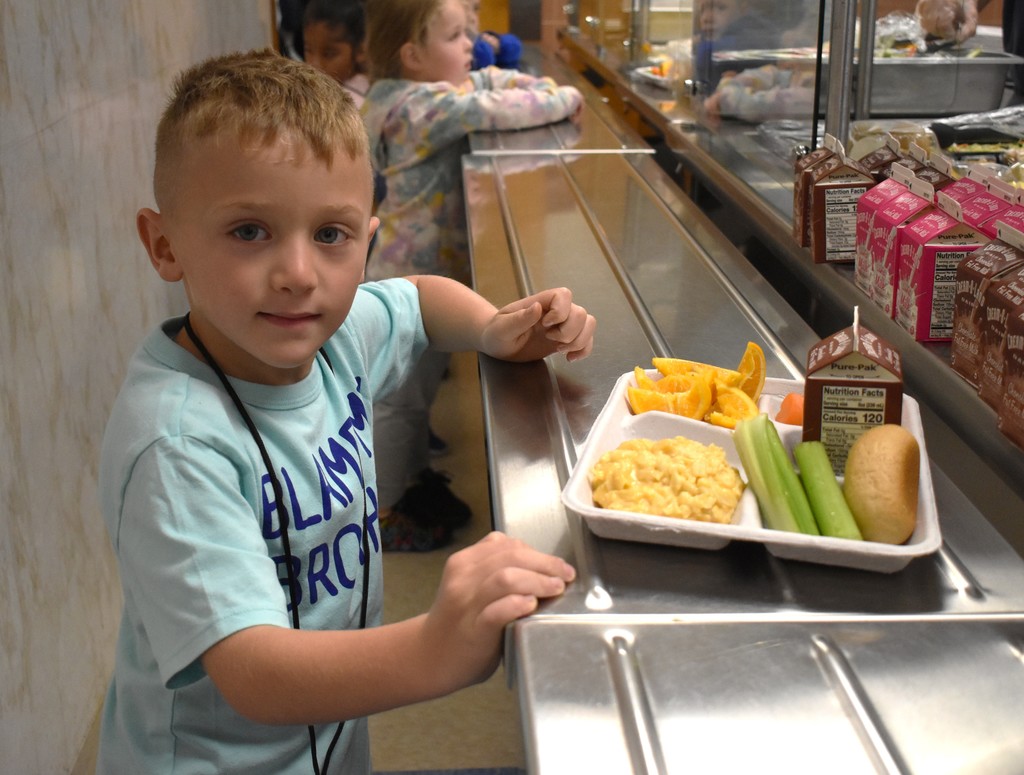
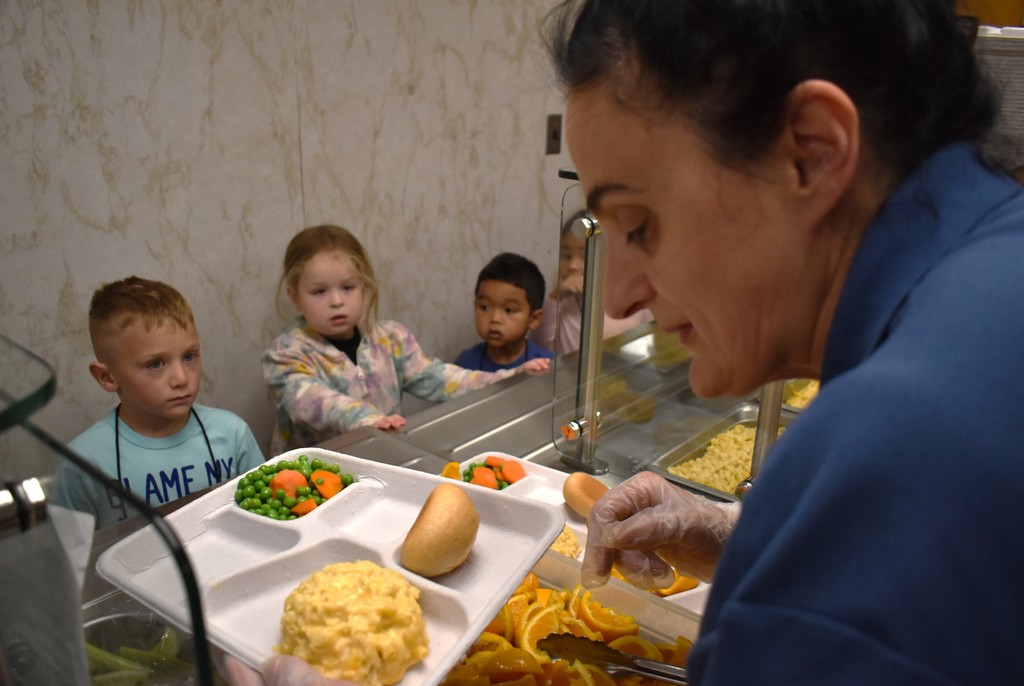
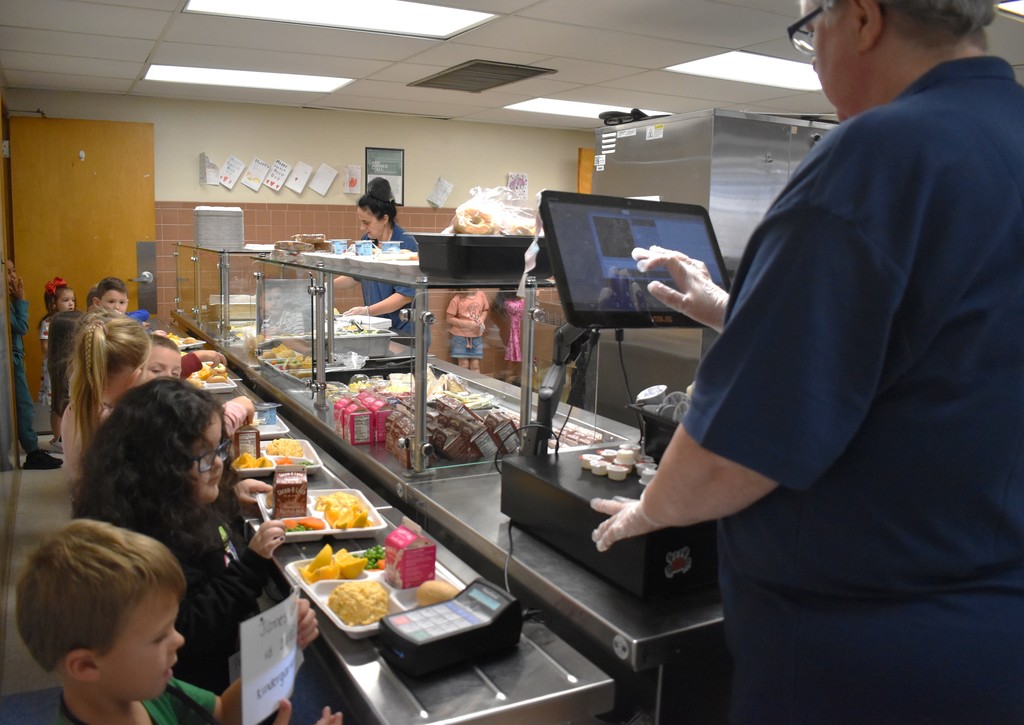
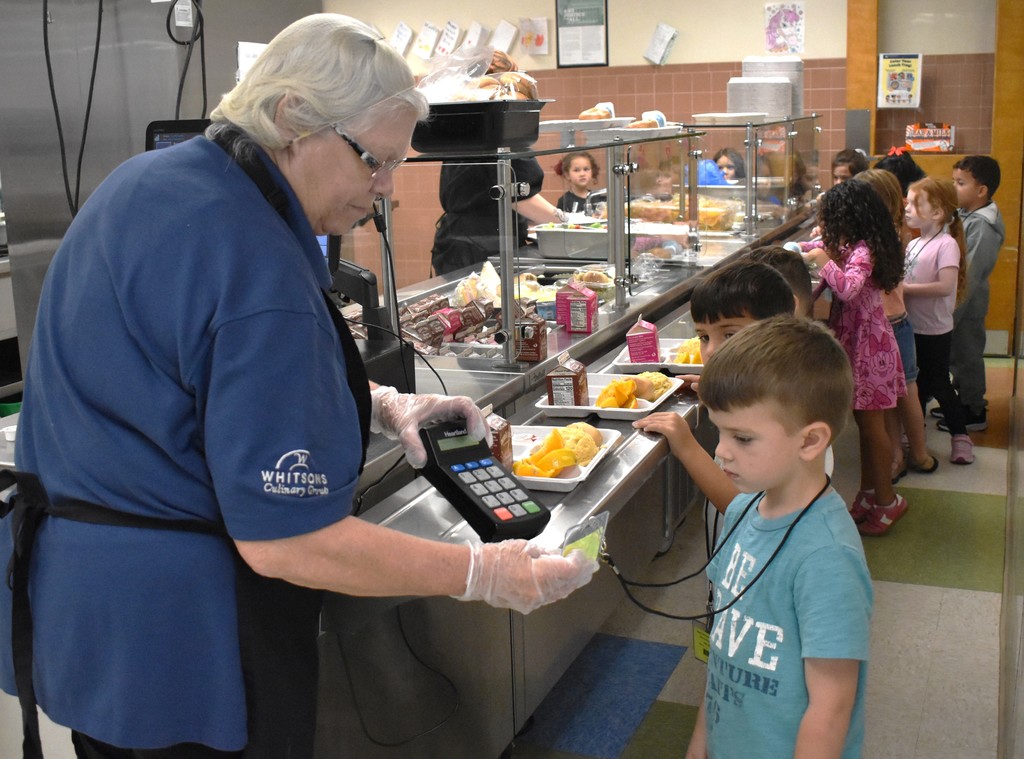
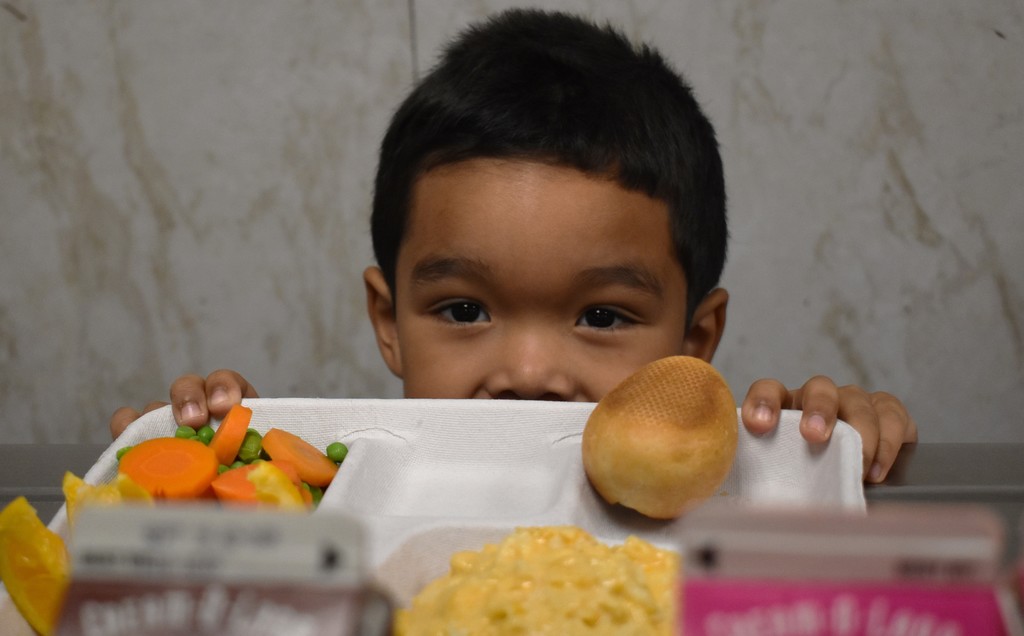
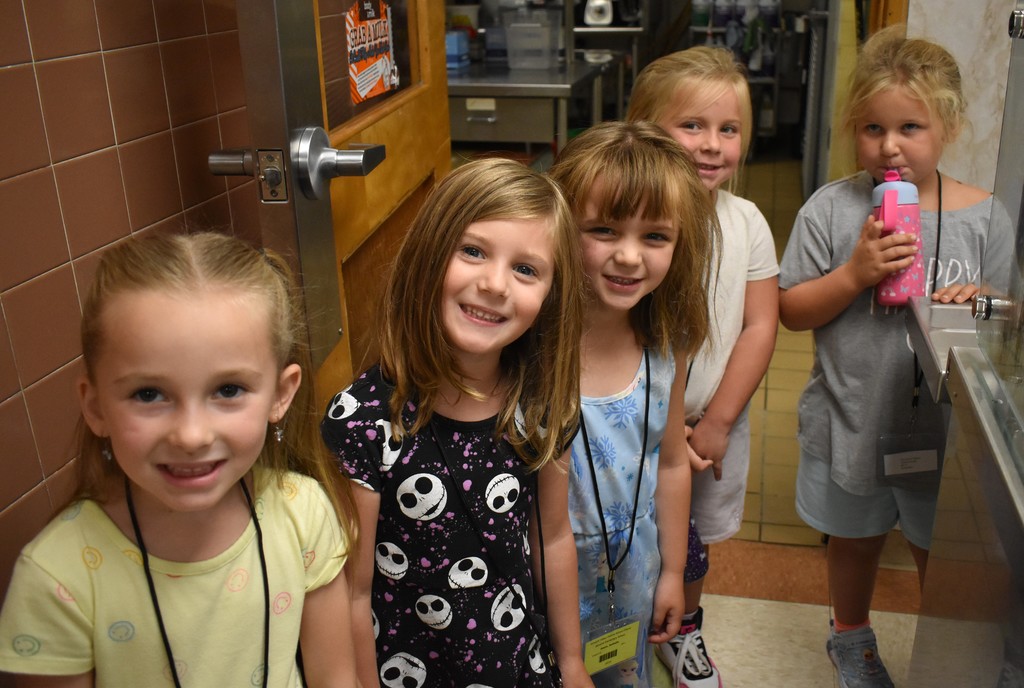
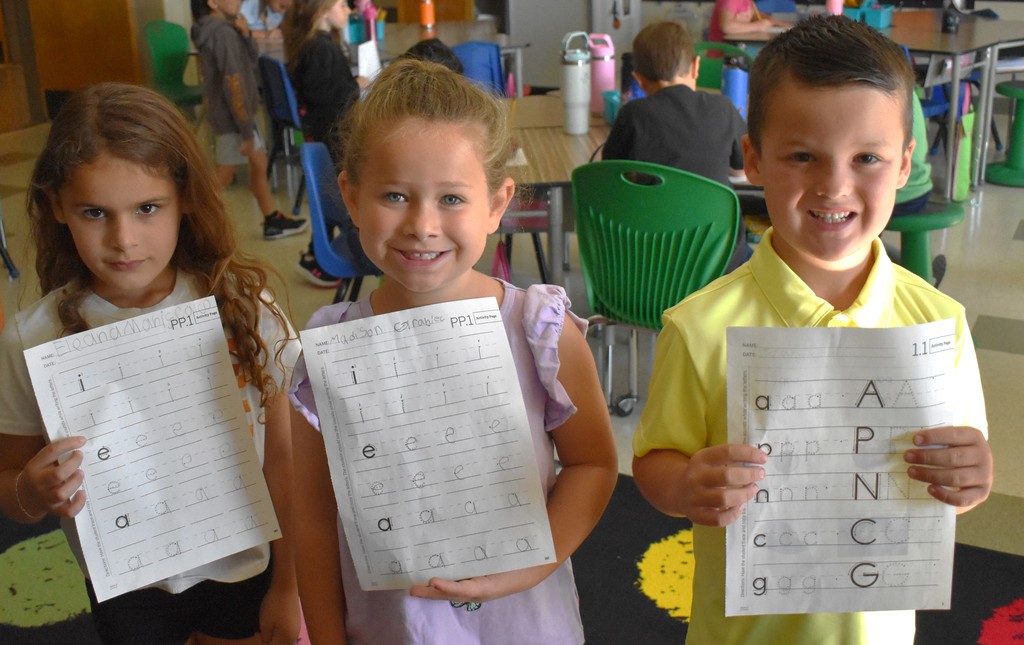

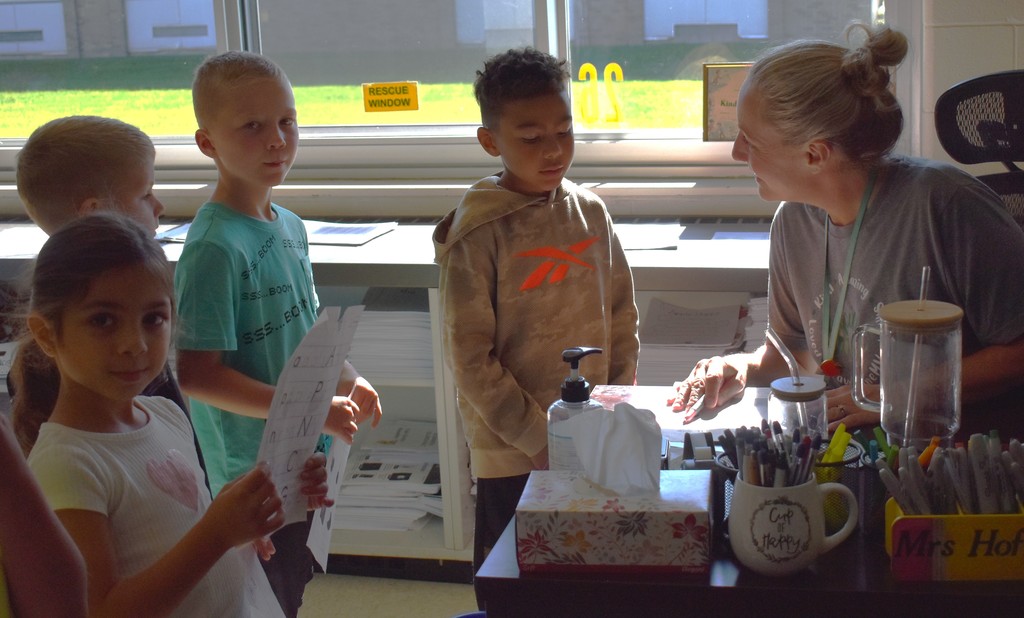
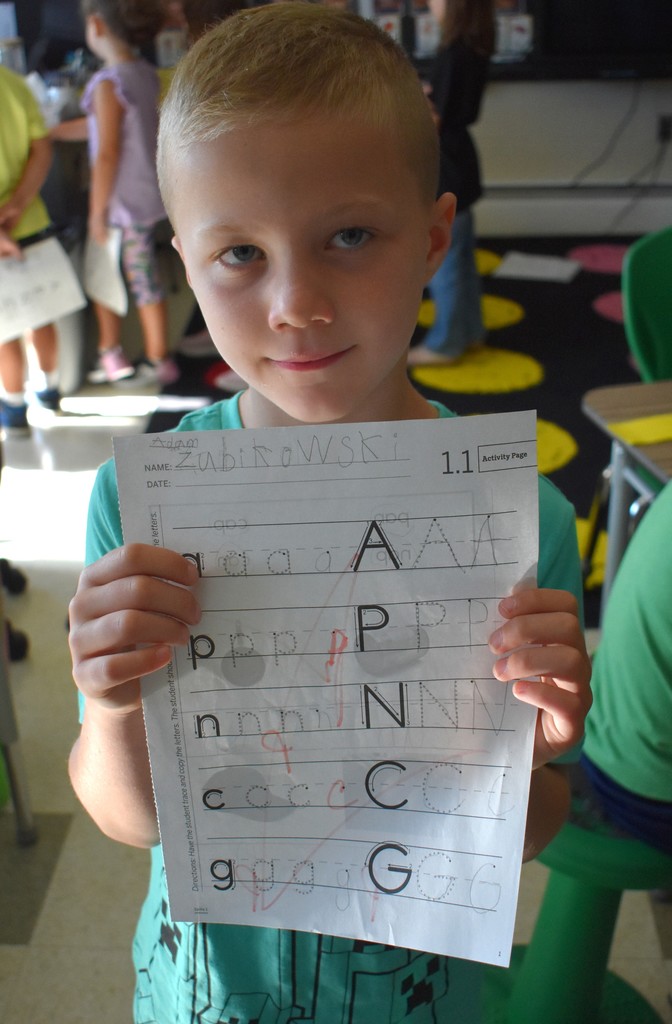
The girls clinic will take place Saturday, Sept. 27
The boys clinic will take place Saturday, Oct. 4
All clinics to take place at Otisville Elementary. See more details:
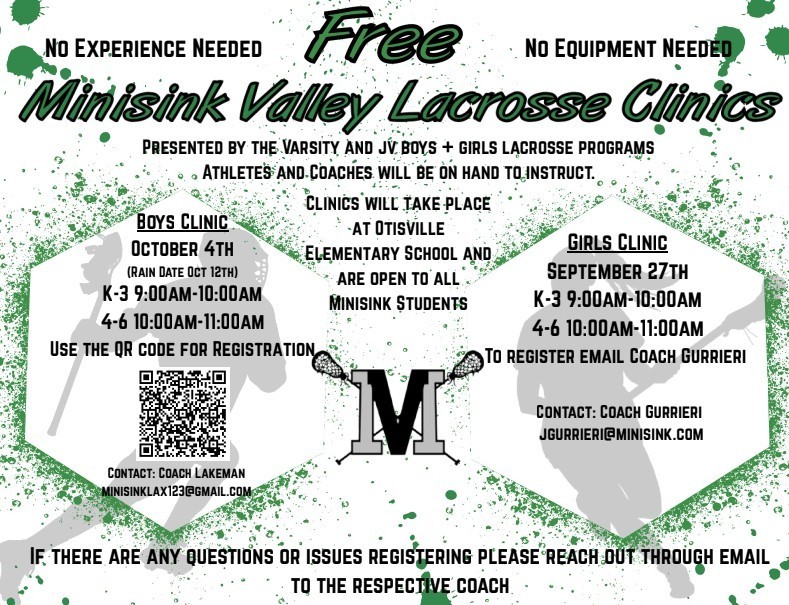
ES Transitional Kindergarten teacher Marjori Bobish is proud to show how wonderful her new class of students is doing!
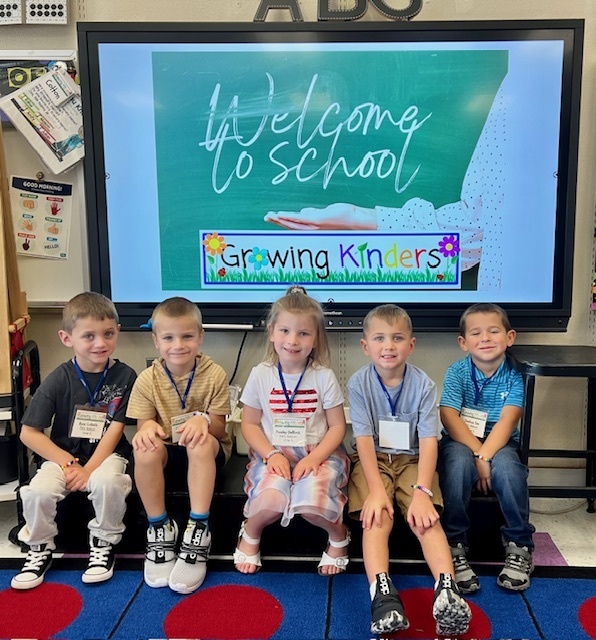
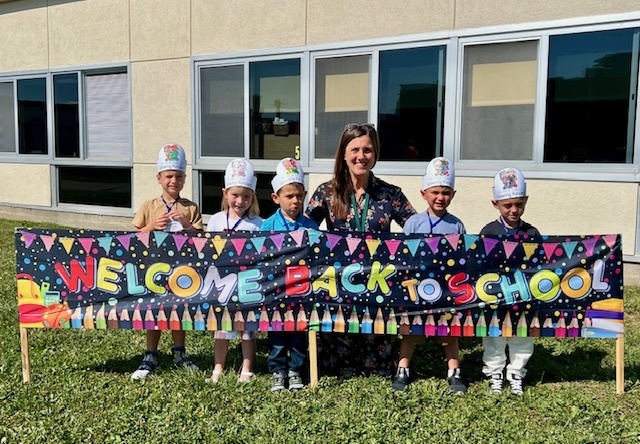
Already, our wonderful Witsons Food Services teams at the IS/ES and Otisville are preparing fresh cheese and cheese/pepperoni pies to serve at lunch today! (That's a lot of pepperoni!) You can smell pizza baking in many parts of the building!
IS/ES FUN FACT: On some Fridays, the Food Services team will serve over 700 slices of pizza to students!
Pizza is a fan favorite in all our buildings! Remember, all students eat for free! Be sure to encourage your student go through the cafeteria line and save yourself some time (and money) preparing breakfasts and lunches.
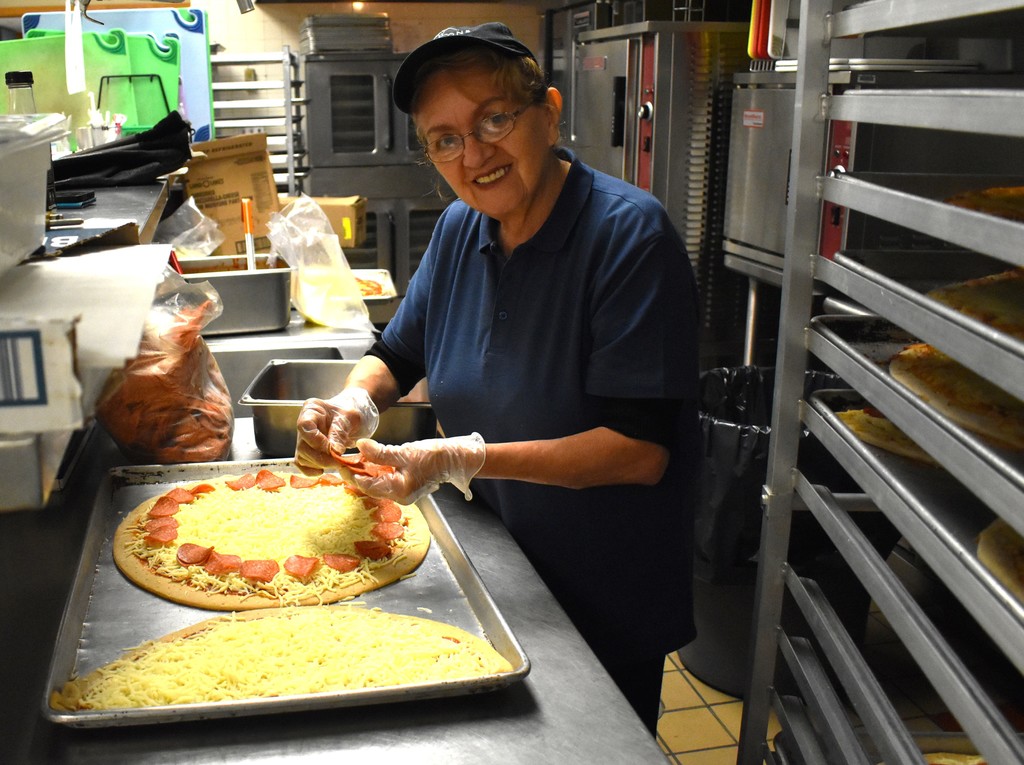
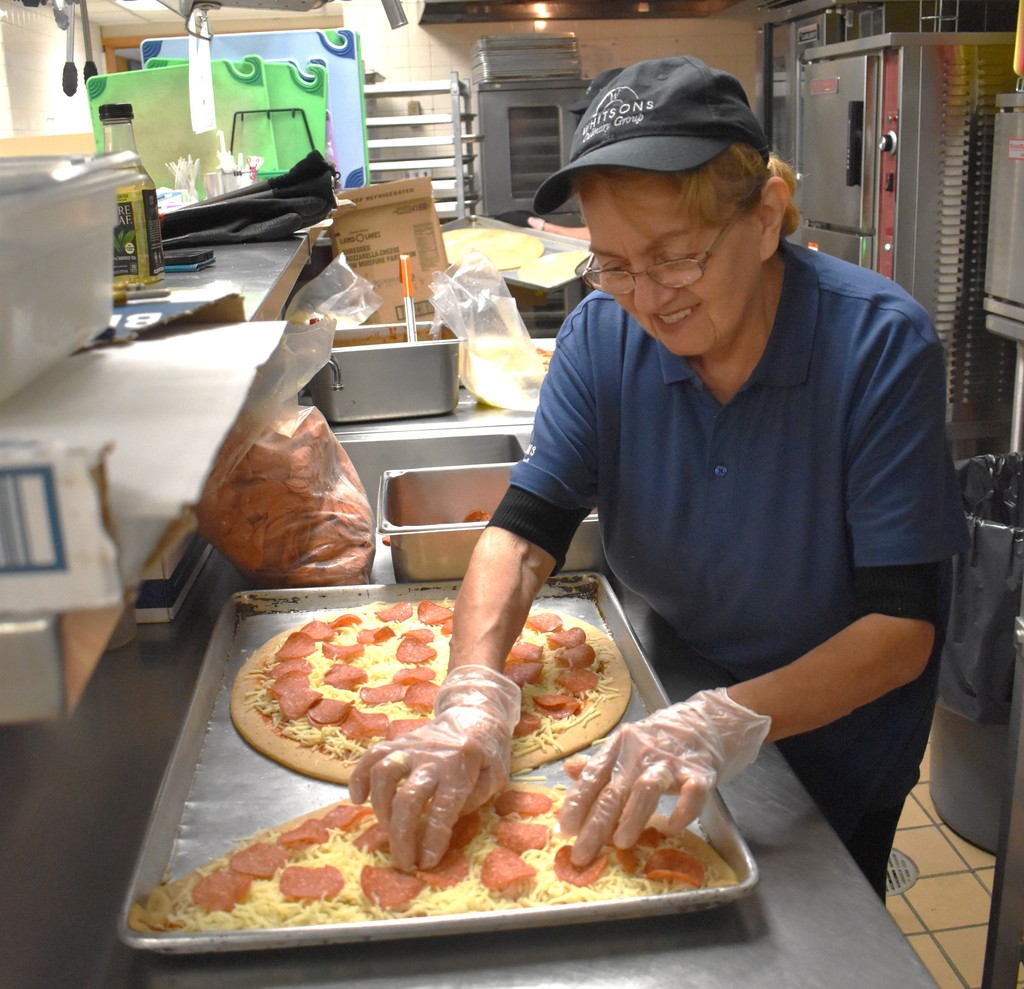
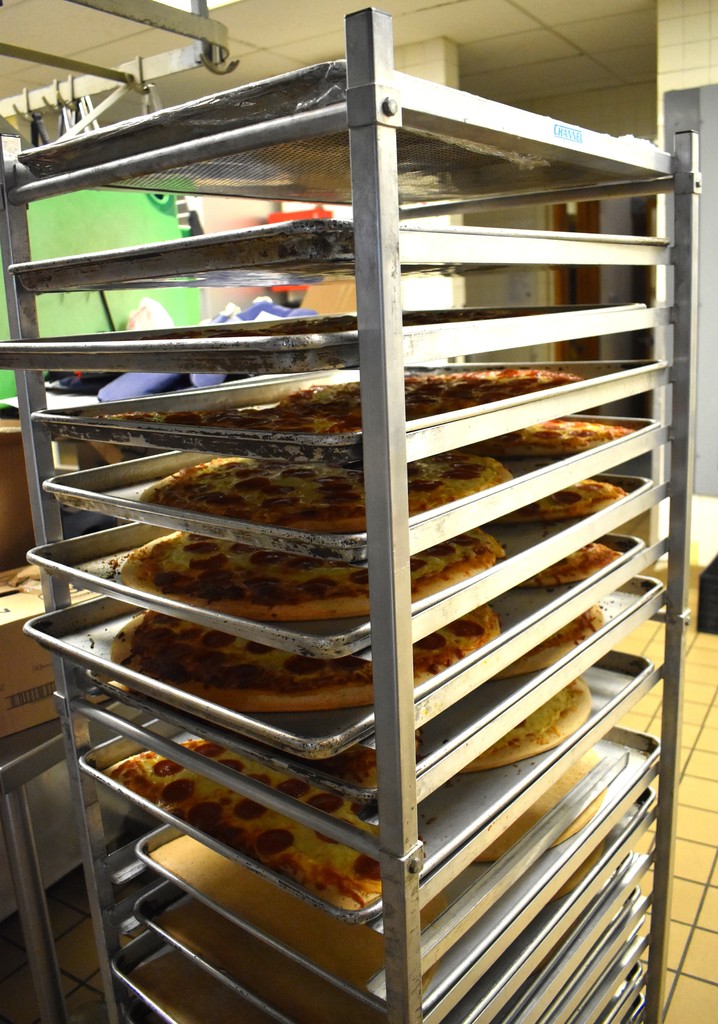
We invite you to visit the district's Facebook page to view the photos shared with us by proud parents who were among the thousands of families to mark this milestone day. You’ll see happy smiles along with fresh haircuts, new backpacks, special outfits and keepsake signs. These photos are a visual diary of their children’s school journey that will be treasured for years. Thank you to everyone who shared their photos with us! Click here: https://www.facebook.com/MinisinkValleyCSD
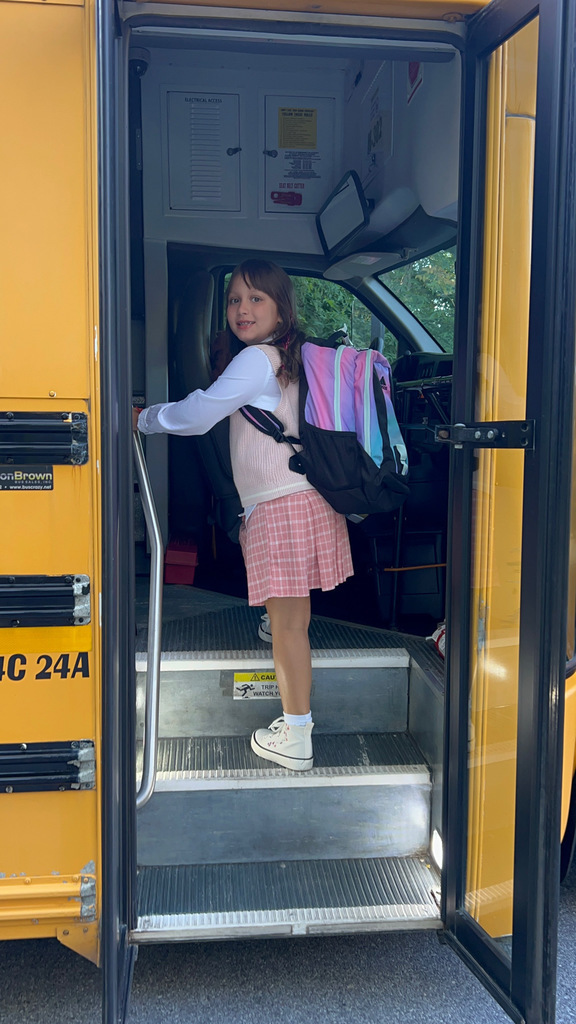
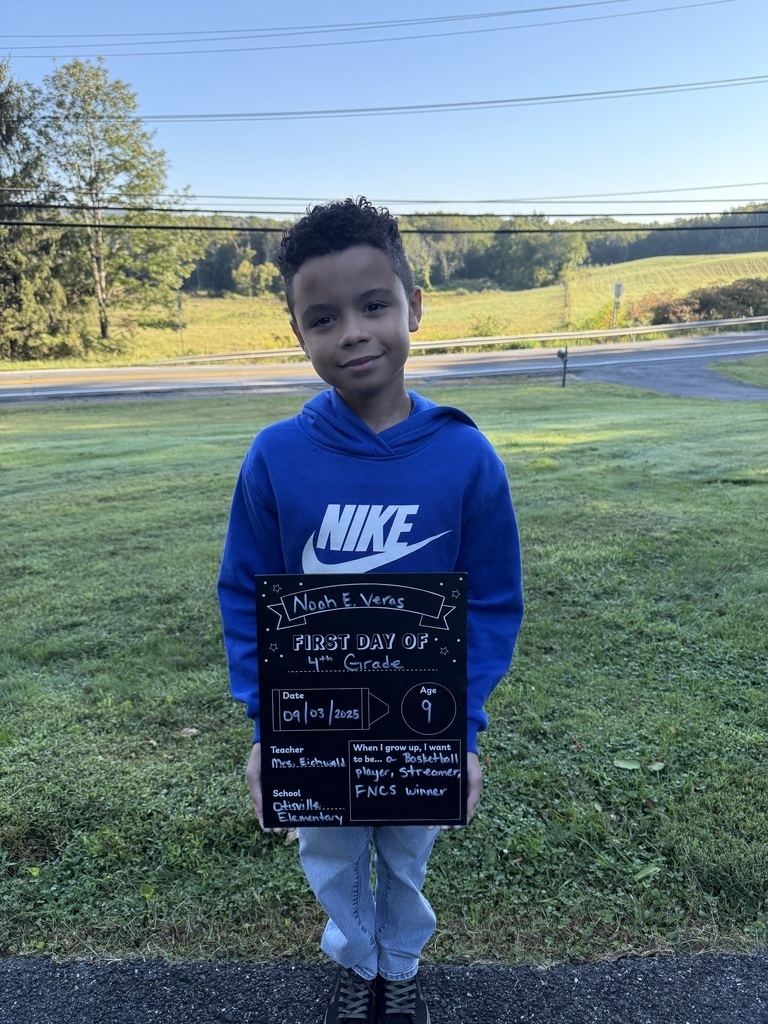
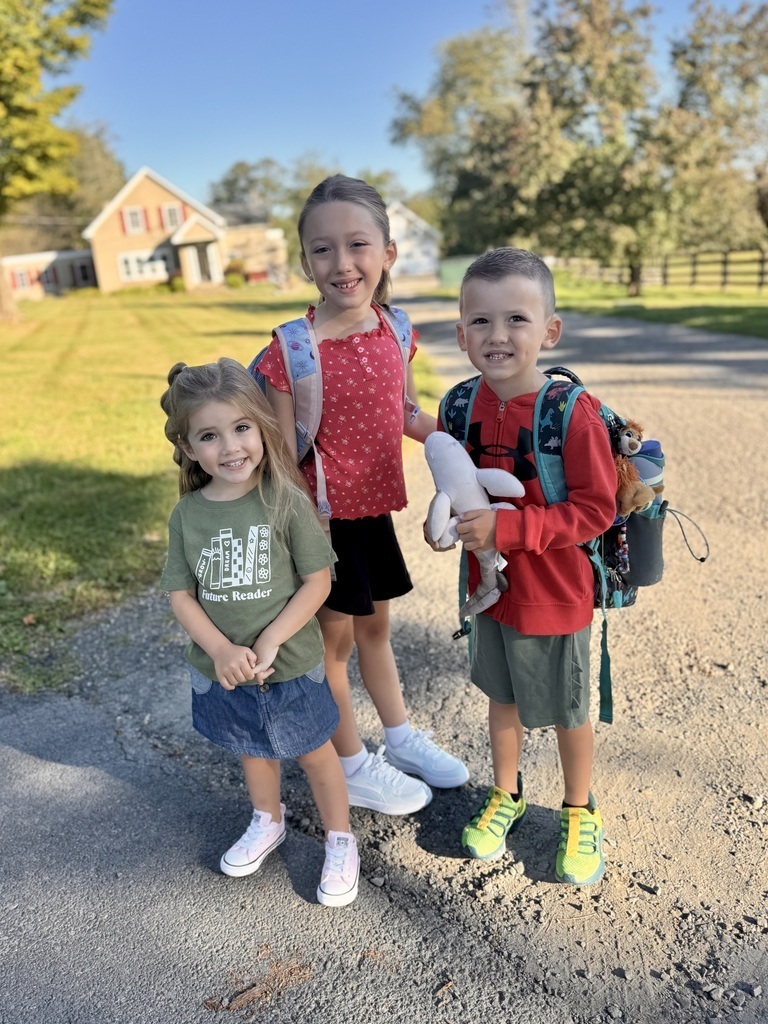
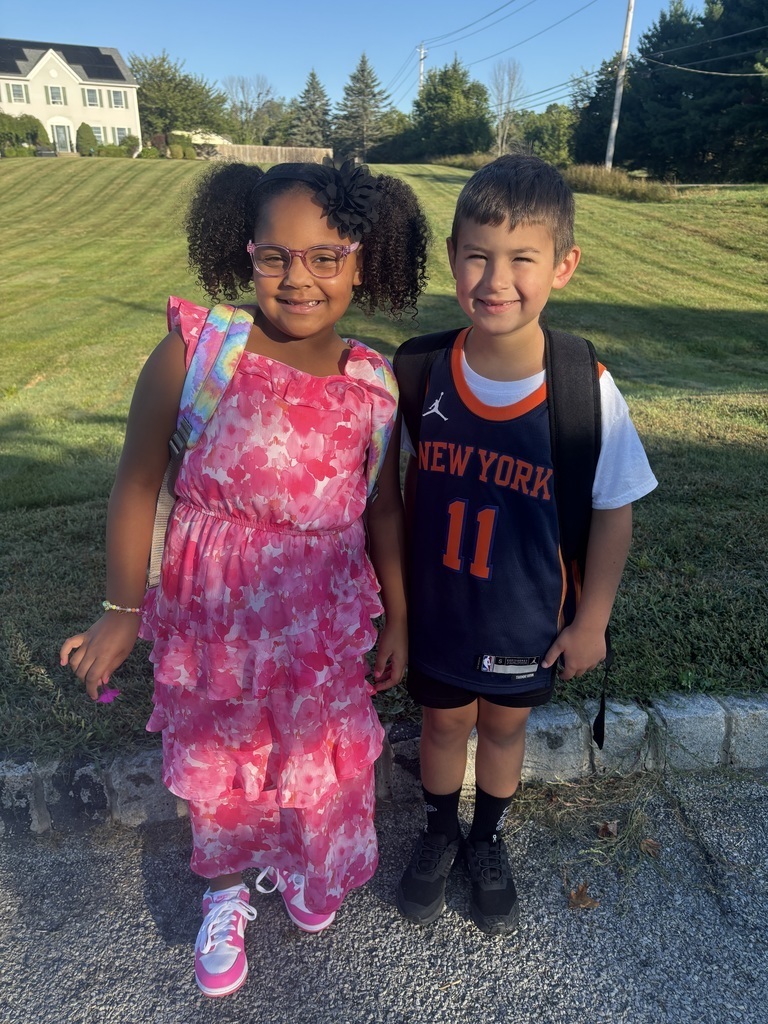
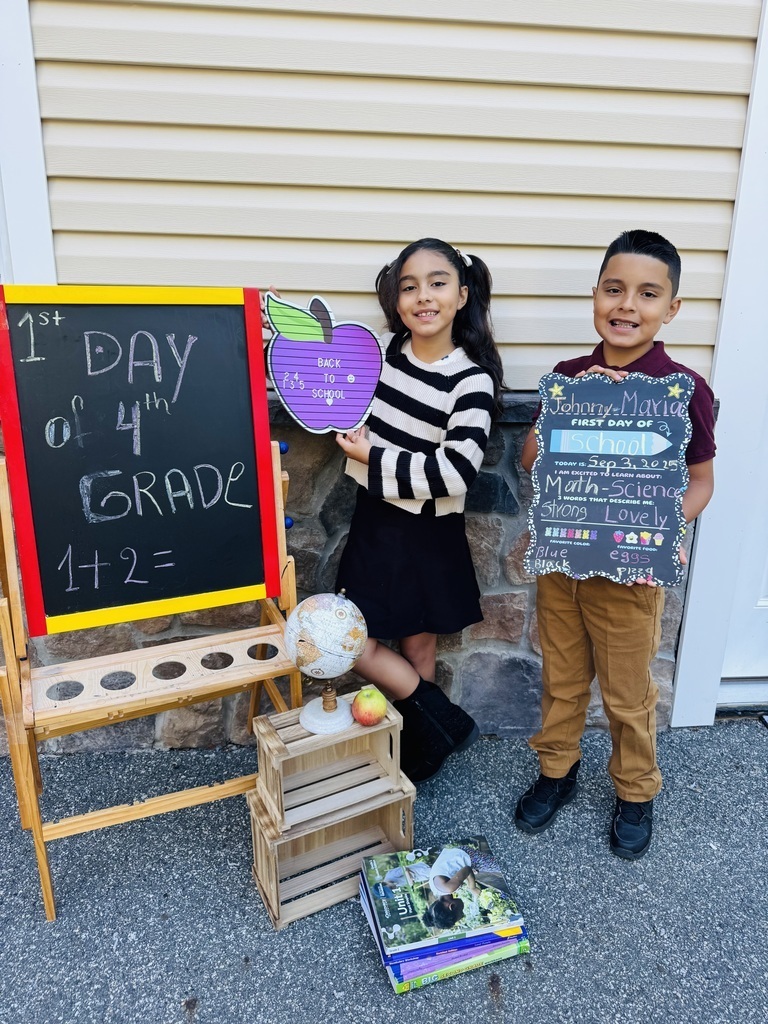
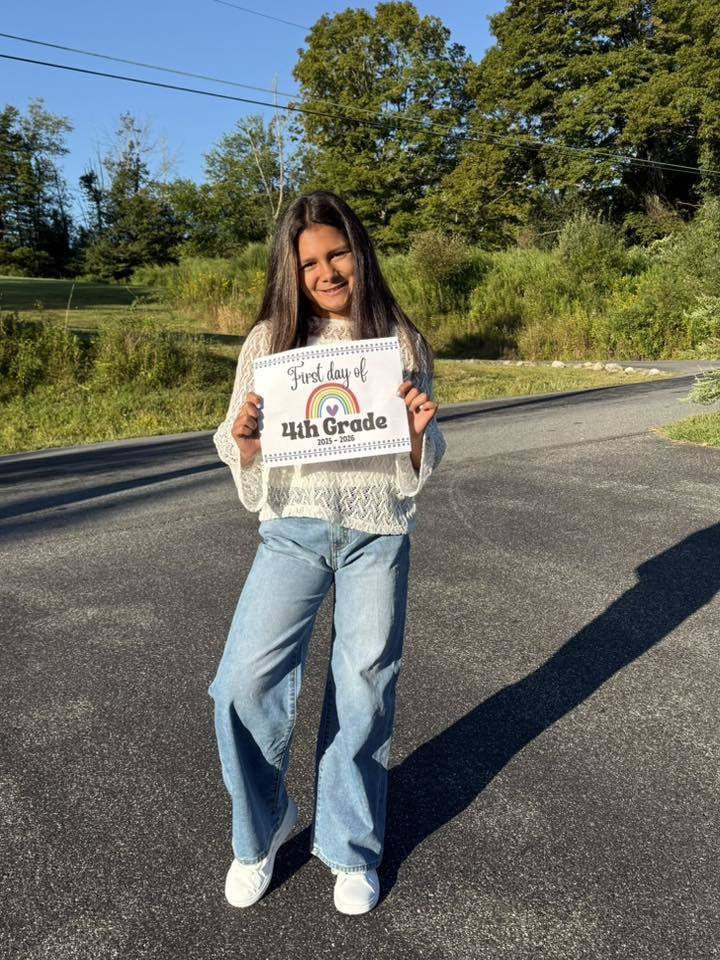
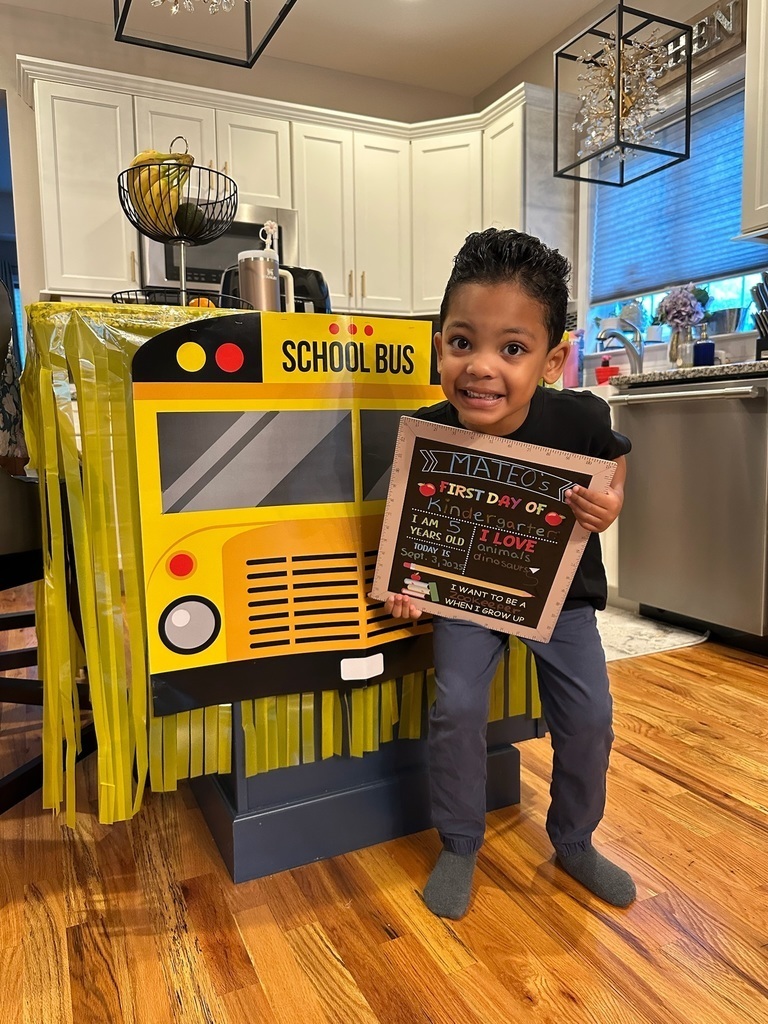
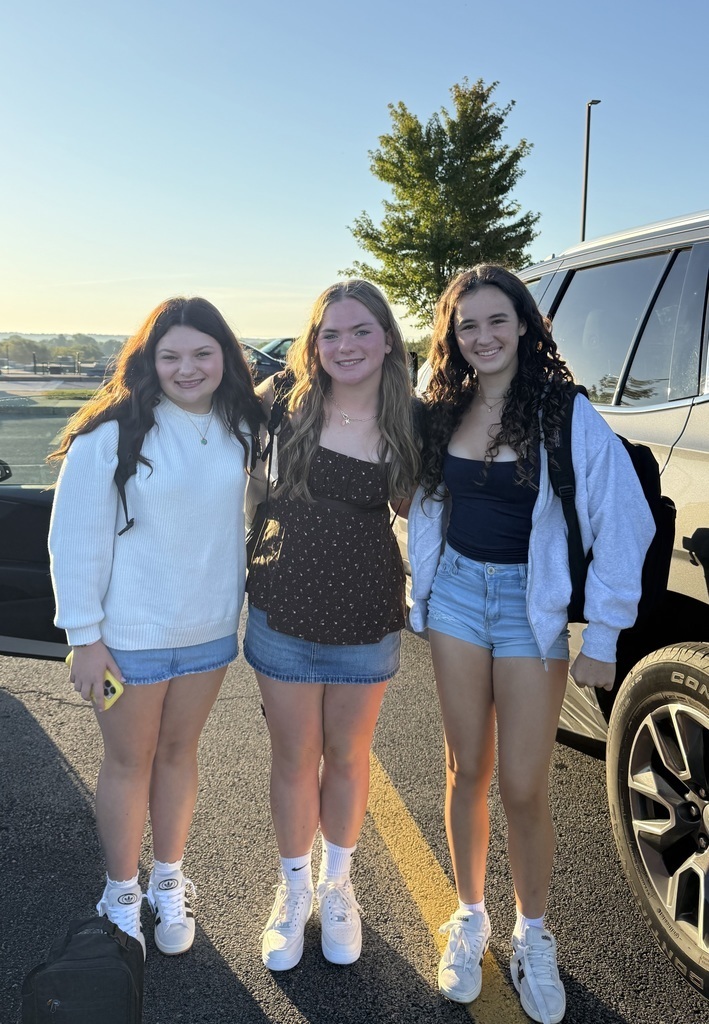
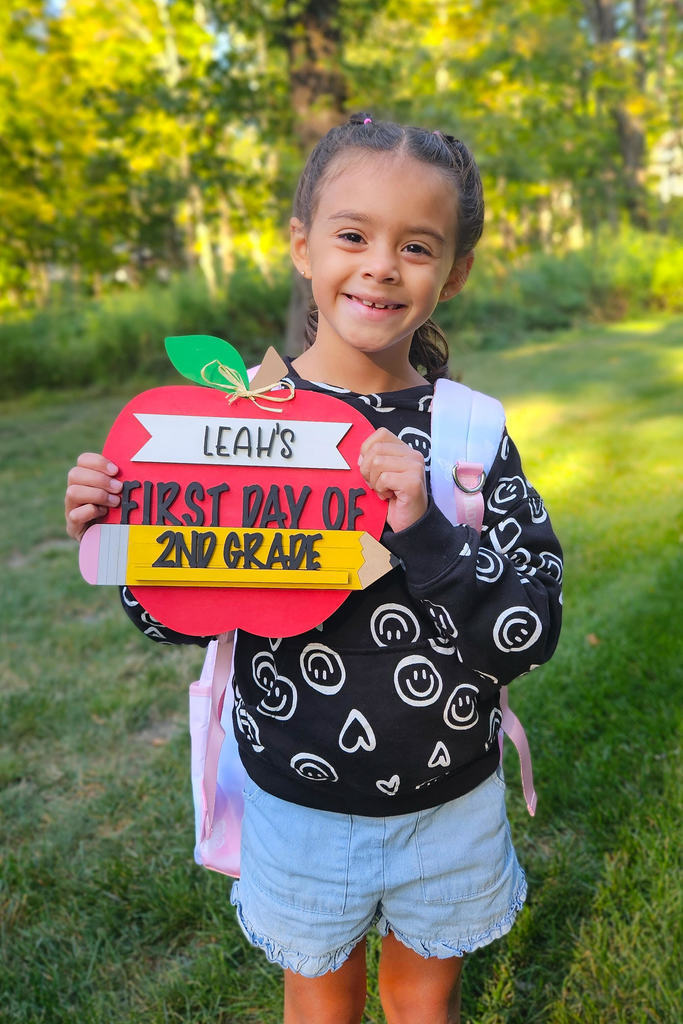
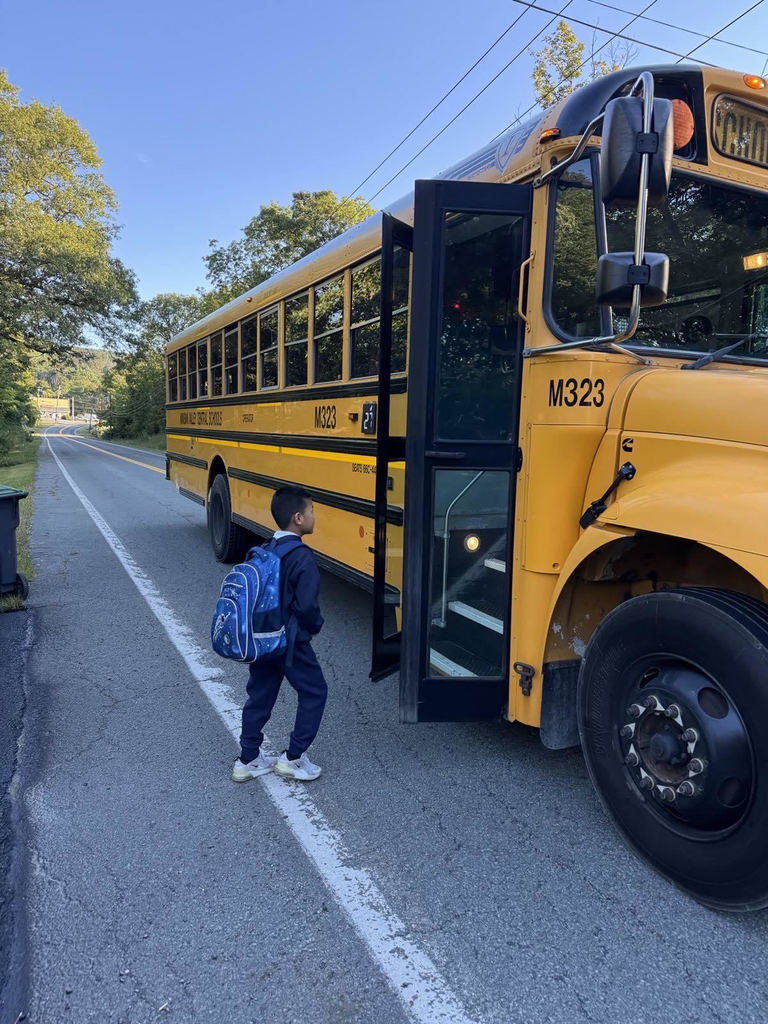
PLEASE SHARE! Support the great work of the Minisink Valley PTO and update your wardrobe with some fabulous, new Minisink Valley apparel, which includes some terrific Otisville Elementary swag, too! There's SOMETHING FOR EVERYONE: Shirts, shorts, pants, jackets, backpacks, hoodies, and winter hats!
Be sure to click on this link and see all that's available:
https://drive.google.com/drive/folders/1m6b1bQwU2HG_5kt67uoNCtZmosV3EaUM?fbclid=IwY2xjawMayLhleHRuA2FlbQIxMABicmlkETFaczdlMWtkMG54NVZHb2JSAR4sa-dSmkK8REVkRDYQhfG7kO4GuPdZS_EeFnBHtLUDleodQHXx3Ld3HthW2g_aem_YLrssM0oHtDhKh4
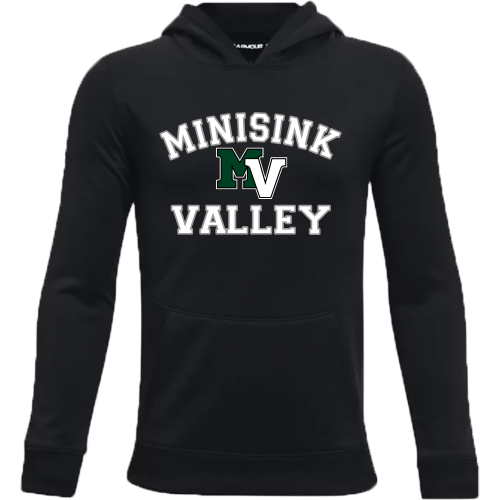
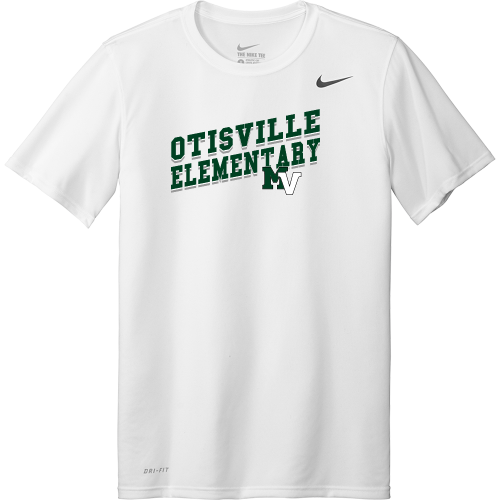
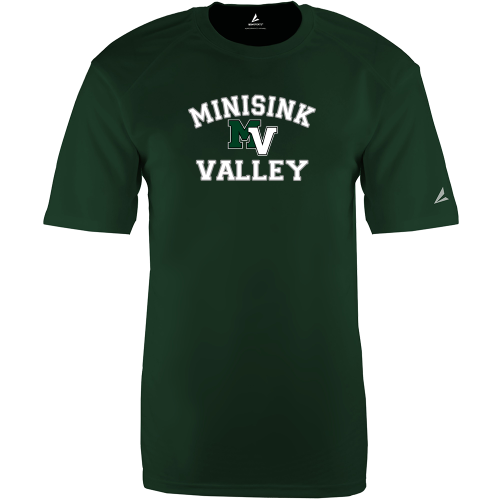
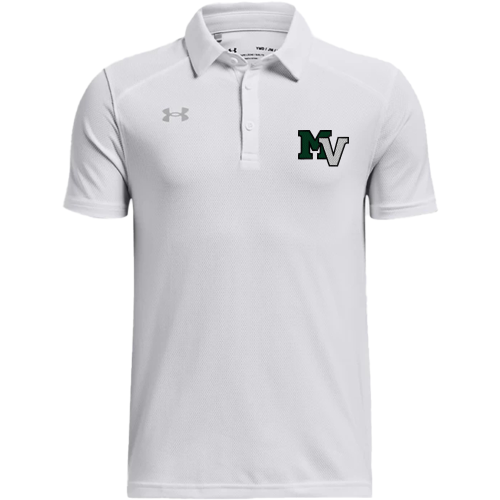
FINISH OFF A GREAT FIRST WEEK OF SCHOOL and support the BOYS VARSITY SOCCER PROGRAM by getting some ice cream at Rita's in Middletown from 4 to 7 p.m.!!
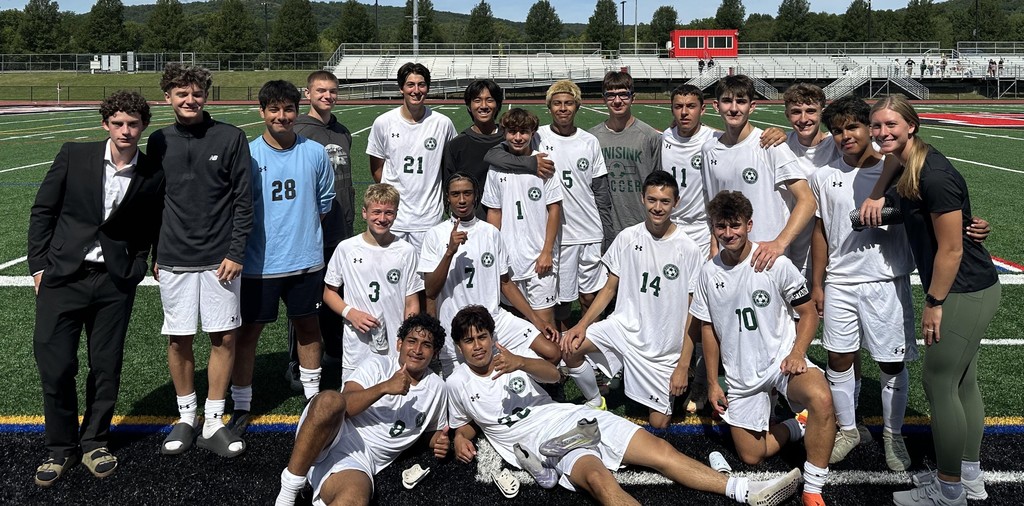
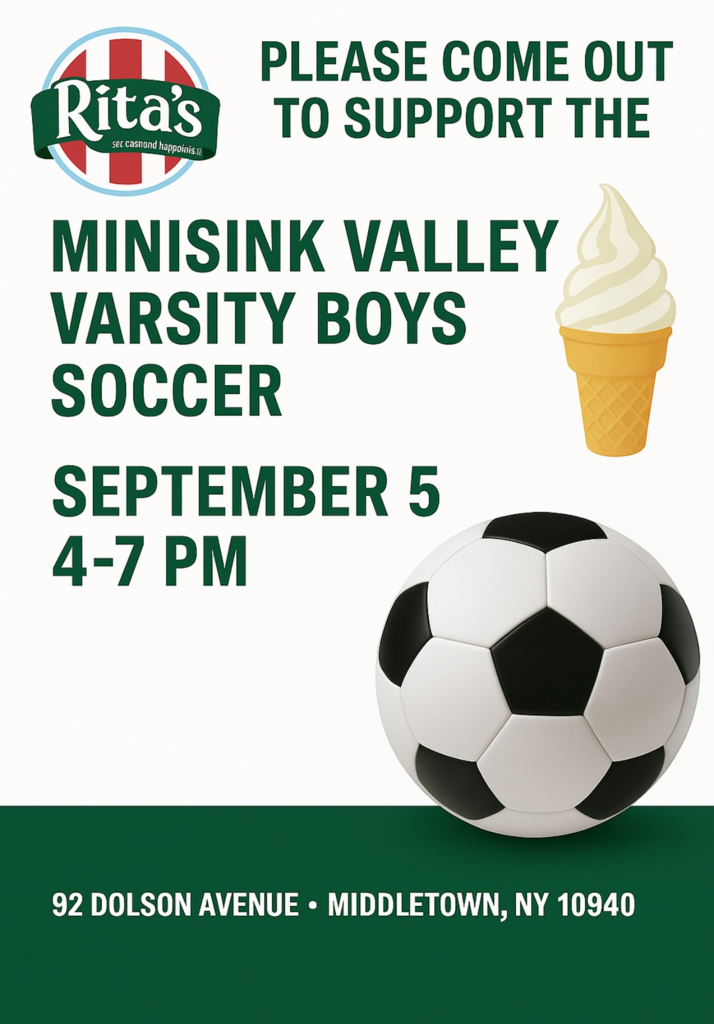
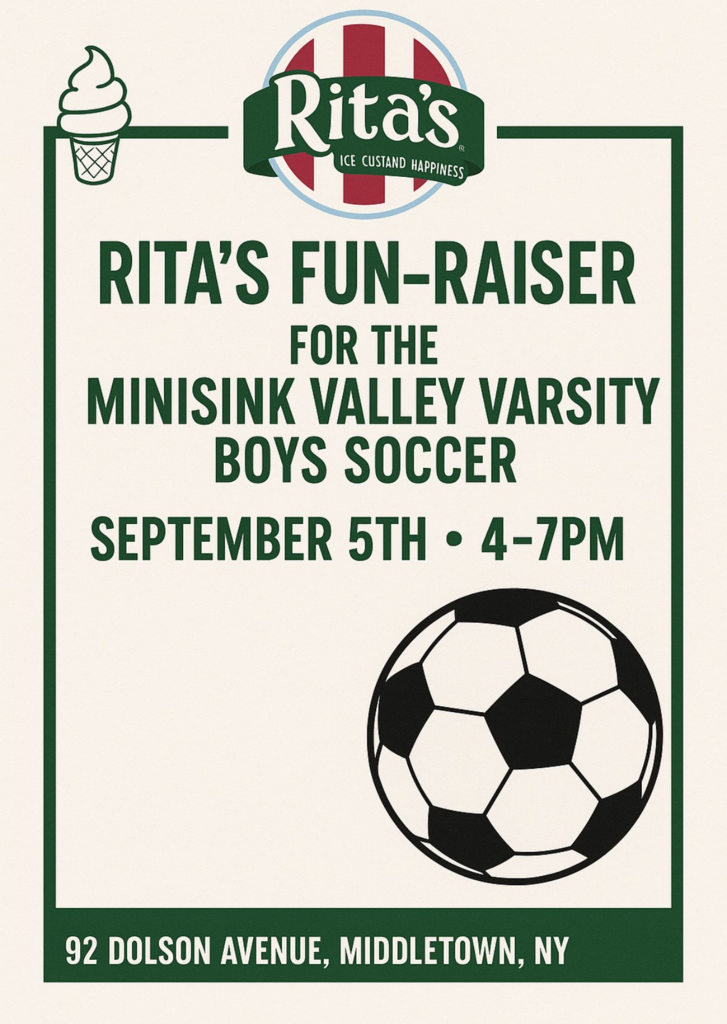
Parents/Guardians: Please complete the Household Income Eligibility Form
For the 2025-26 school year, all children in the Minisink Valley School District will receive breakfast and lunch meals at no charge regardless of household income or completion of the Household Income Eligibility Form. However, all families are encouraged to complete this form, which is used to determine eligibility for additional state and federal program benefits that your child(ren) may qualify for, such as: College preparation program, AP test fee waivers, etc. Please complete the online form via this link: https://www.myschoolapps.com/Home/PickDistrict?ZipCode=10973&State=
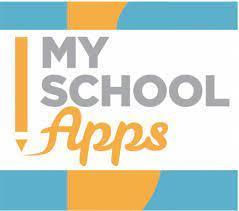
IMPORTANT REMINDER TO ALL DRIVERS:
The district has equipped its entire bus fleet with cameras to catch vehicles that illegally pass a stopped school bus. If you see a bus’ red lights flashing and stop-arm extended, STOP! Otherwise, you and the vehicle you’re driving will be photographed and you WILL GET A $250 FINE.
Don't say we didn't tell you: Please pay attention and drive safe!
READ MORE: https://www.minisink.com/article/2365311
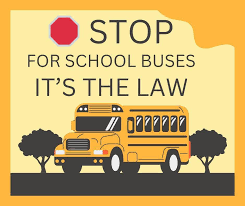
The New York State Department of Transportation will begin work involving the replacement of the culvert carrying U.S. Route 6 over Rutgers Creek between County Road 1 and Woods Road/Monahan Road on Tuesday, Sept. 2 beginning at 10 a.m, through Friday, Nov. 7.
This work will involve a full road closure between County Road 1 and Woods Road/Monahan Road with a signed detour beginning on or about Sept. 2 for approximately two months.
Our Transportation Department suggests you consider this alternate route:
If driving to the Slate Hill Campus from the Port Jervis side, there are two options:
1)Turn left onto Greenville Turnpike, turn right onto Woods Road and then left onto Route 6
2)Turn Right onto Route 1, turn left at Monahan Road, then right onto Route 6.
Simply reverse these directions when leaving the campus.
IMPORTANT NOTE: The Transportation Department will be contacting families impacted by this closure regarding their students’ pick-ups and drop offs in the coming days. Thank you for your understanding and good grace.
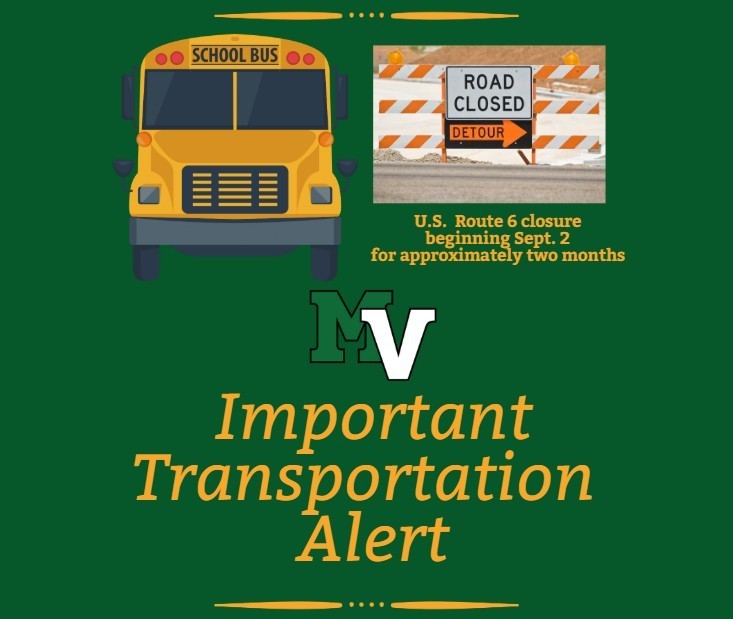
A benefit 5K Color Run/Walk will be held Saturday, Aug. 30 at the Slate Hill Campus! GREAT FUN FOR ALL!
Details are: https://www.signupgenius.com/go/10C0A4BA9A629A4FEC43-57961307-minisink?fbclid=IwY2xjawMdWiVleHRuA2FlbQIxMABicmlkETFnVDBqZnkwaDBnOGIxMlhOAR5vbpPB49Jd6XqIGeKb8IsHttX0AlwhHO20hkkV_HNz3aGEUZJKq4yxpn0HIA_aem_HIr3ZMClZg6CUXTV1UAOkg#/
For questions, please email Class Advisor Larry Scarzfava at lscarzfava@minisink.com or student
Morgan Varian at morganv811@icloud.com
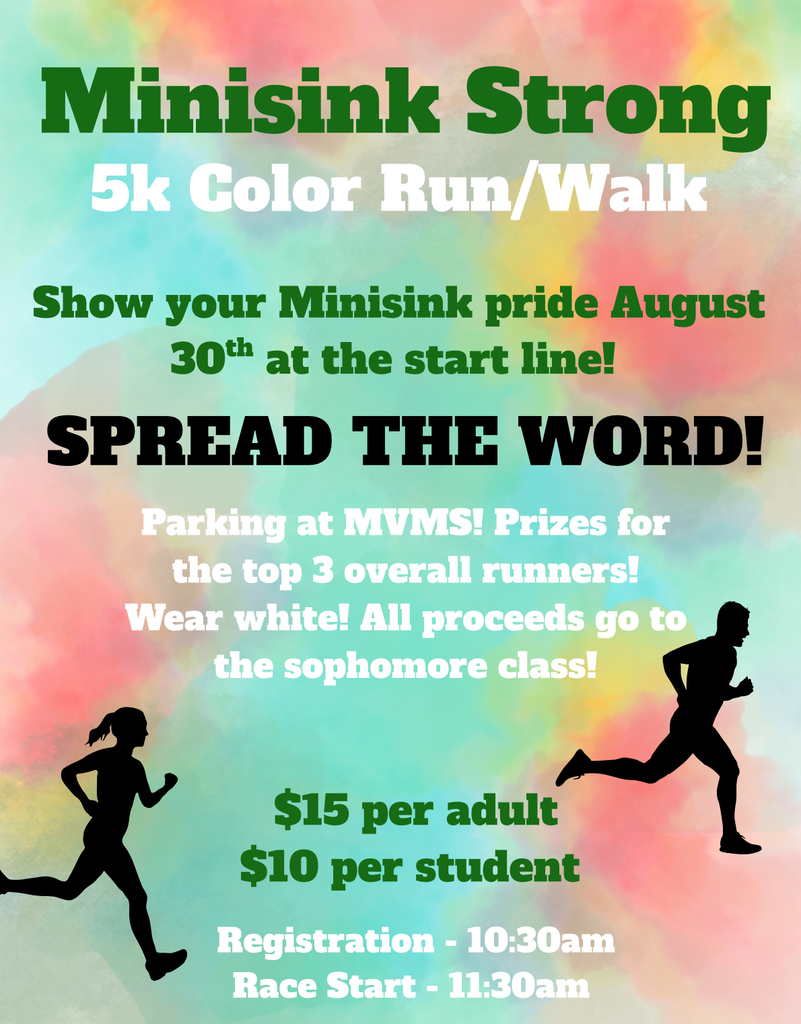
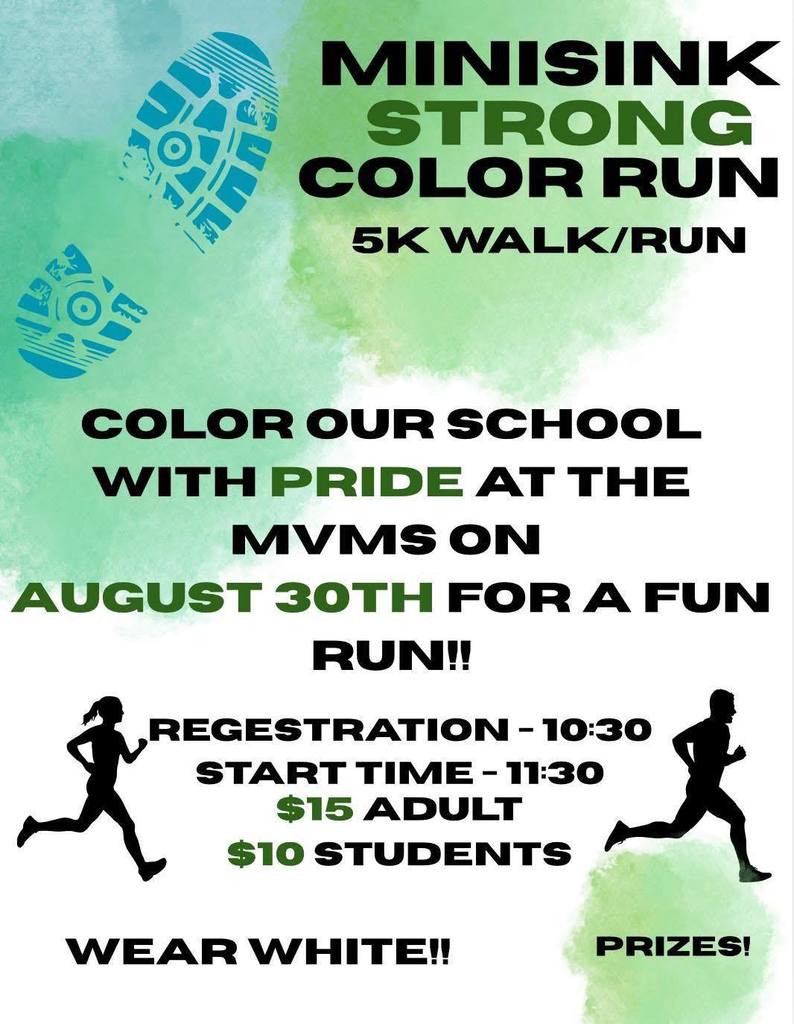
Please join us in welcoming to the district: Anila Ali, Abigail Bailey, Stephanie Byrne, Cornelia Caligiuri, Emilia Chrobak, Alexa Covais, Mason Davis, Michael Eckberg, Kavita Elana, Morgan Jashembowski, Johanna Klein, Sarah Knebel, Danielle MacKenzie, Glennis Mckenzie, David Mellan, McKayla Murphy, Jordan Procak, Nicole Ruggiero, Jonathan Sakadelis, Ian Schombs and Madison Wyman!
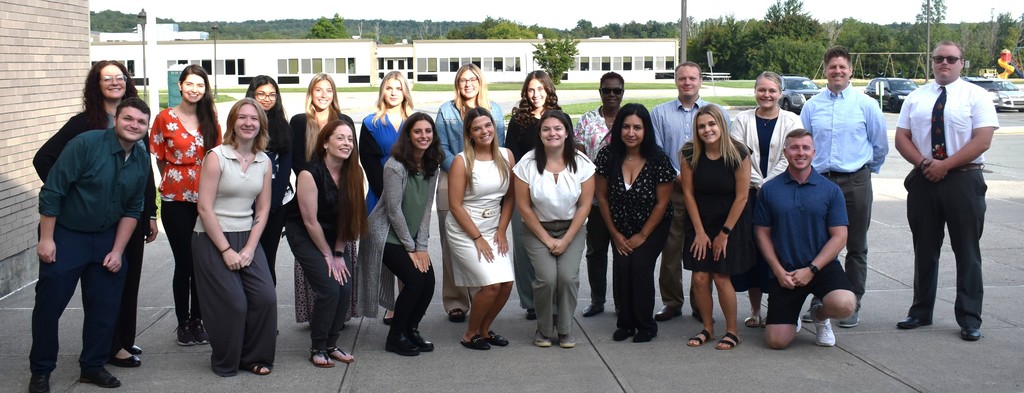
REMEMBER, all students are entitled to eat breakfast and lunch for FREE! Our meals are fresh and nutritious and prepared by the best Food and Nutrition Service team there is! Please encourage your student to try our meals....and you'll save yourself a lot of time (and money) preparing breakfasts and lunches either the night before or the morning of school!
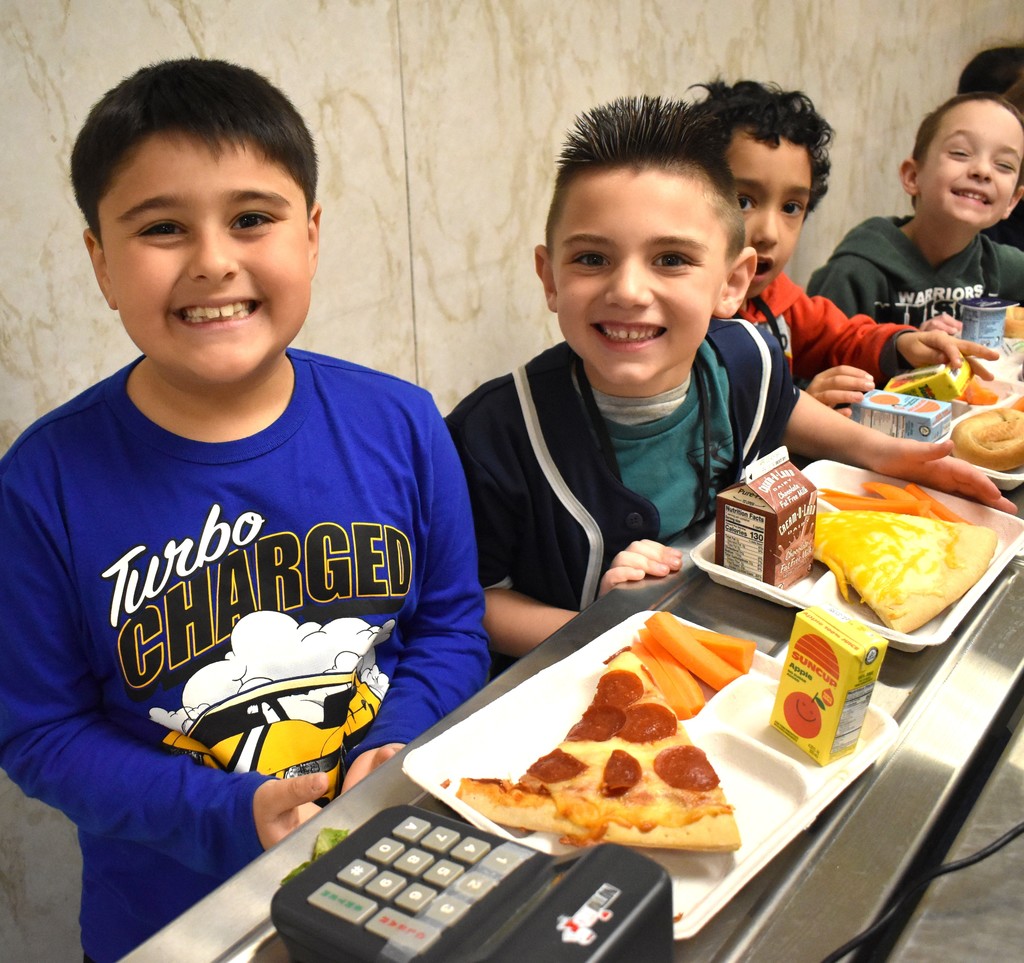
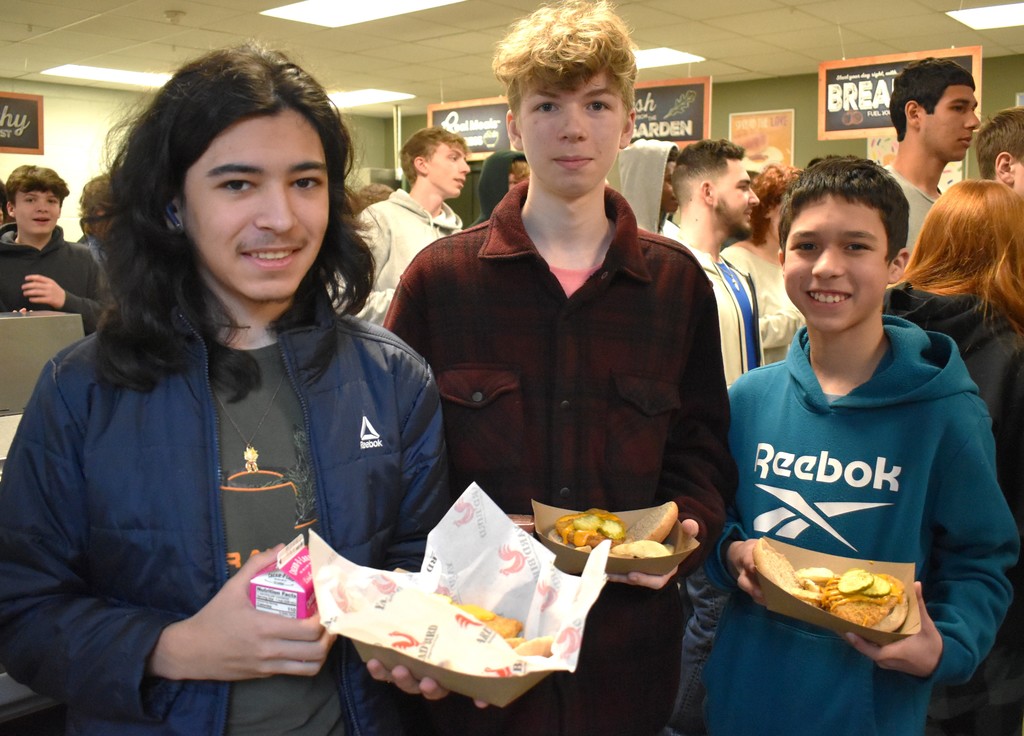
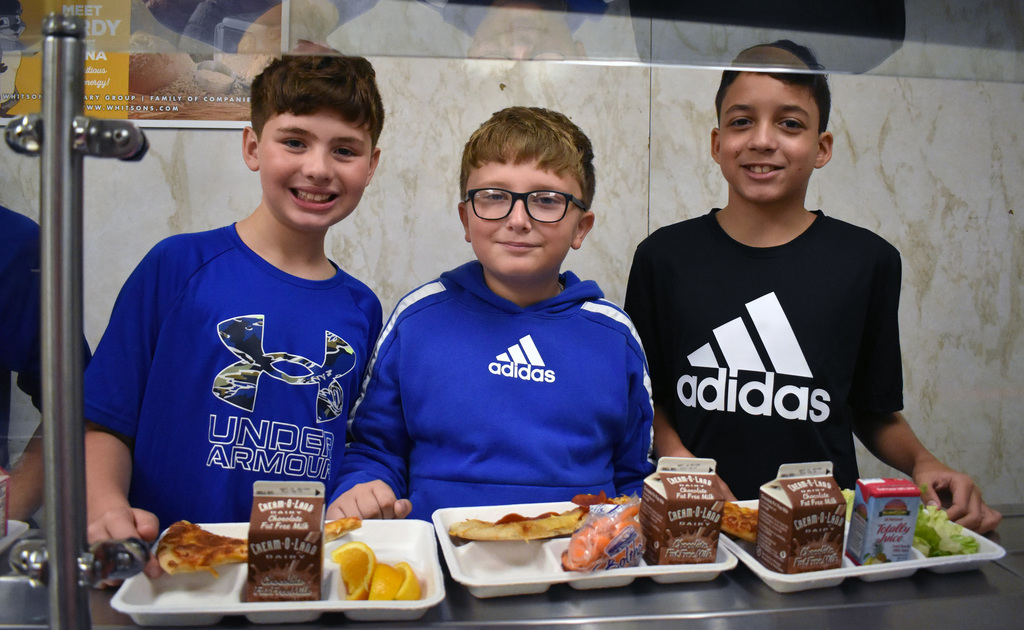
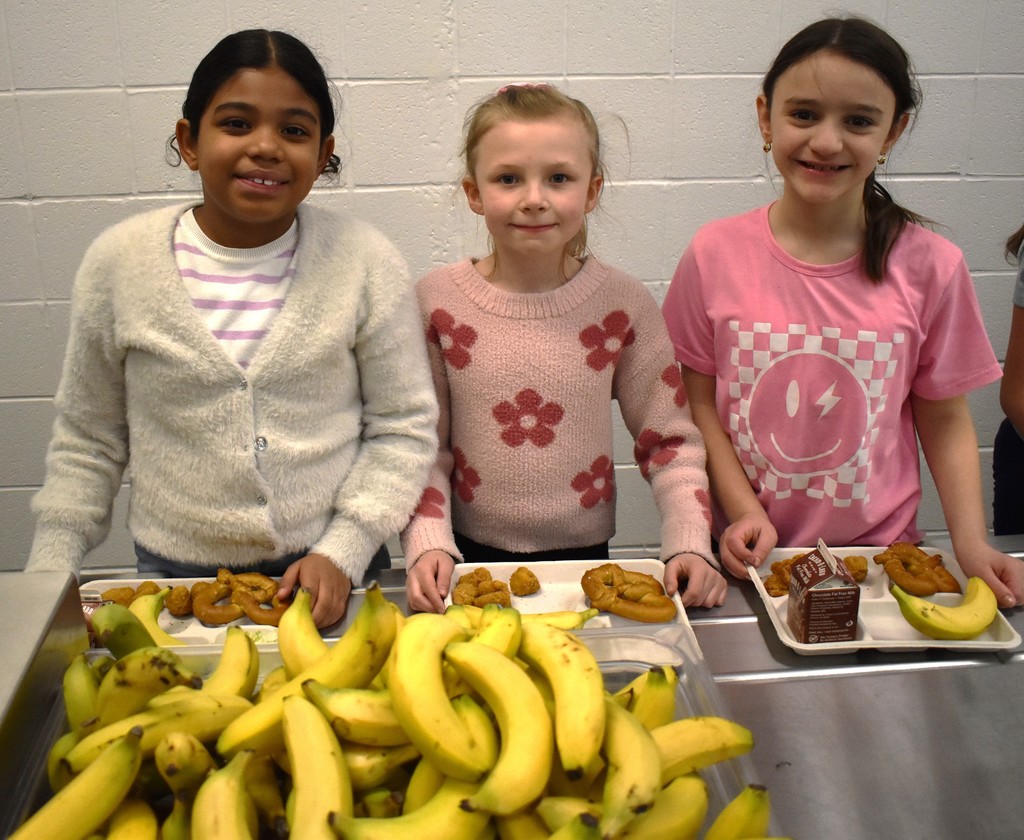
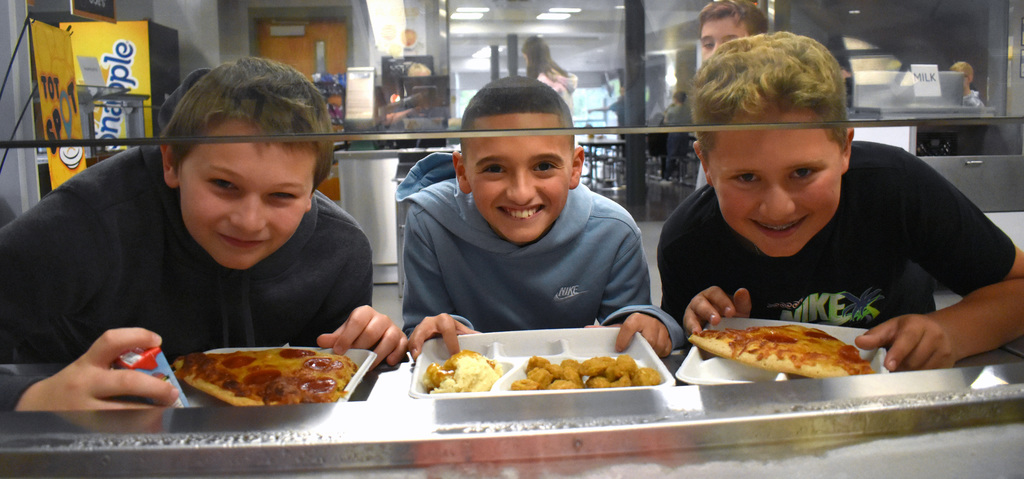
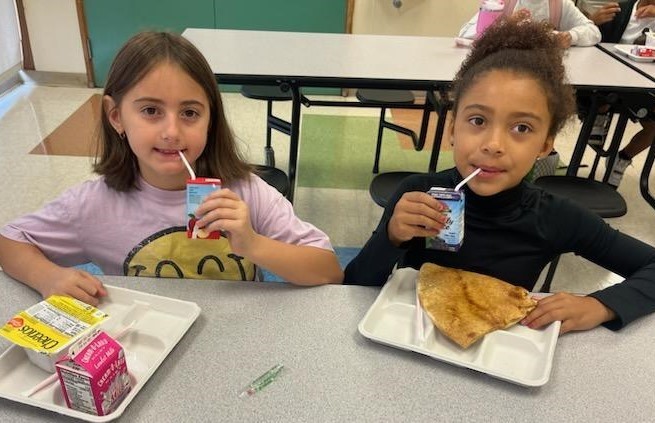
It's a big day for everyone! We invite you to share a photo of your student(s) first day of school! See the details:

Supplies delivered!
Opening Day is nearing and many families brought in their children's school supplies today, Aug. 26 to Otisville Elementary, the Intermediate School and the Elementary School! We were SO HAPPY to see students back in our buildings and hear their voices and giggles!
And of course, it was great to see so many family members, too! 😊😊😊
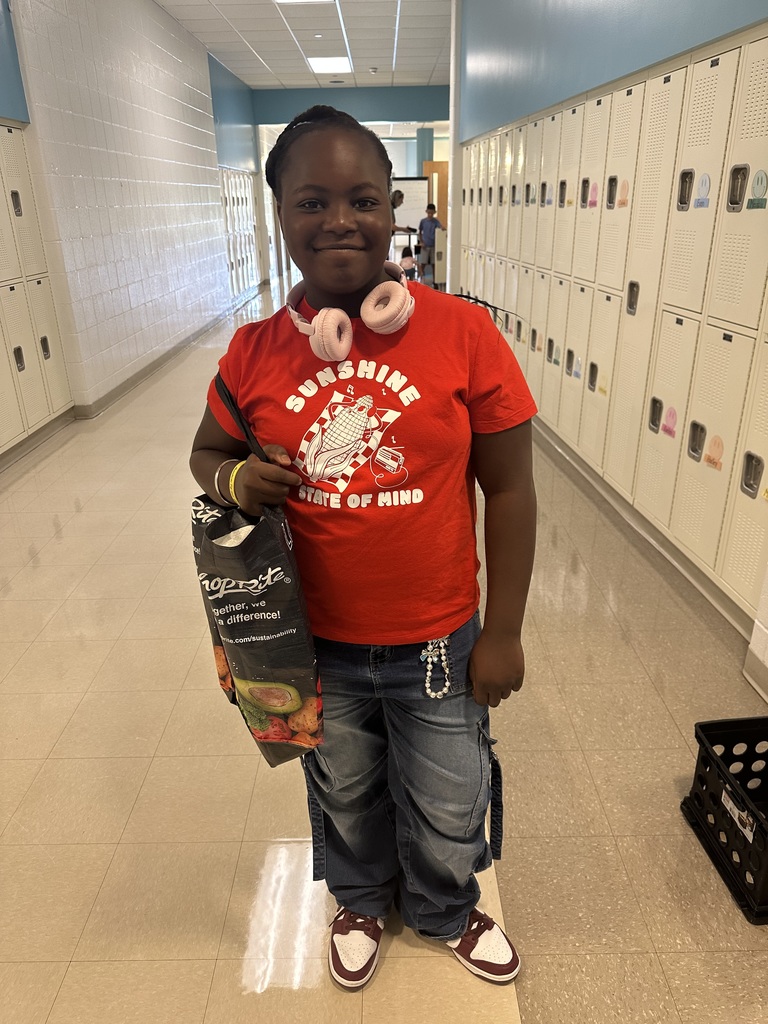
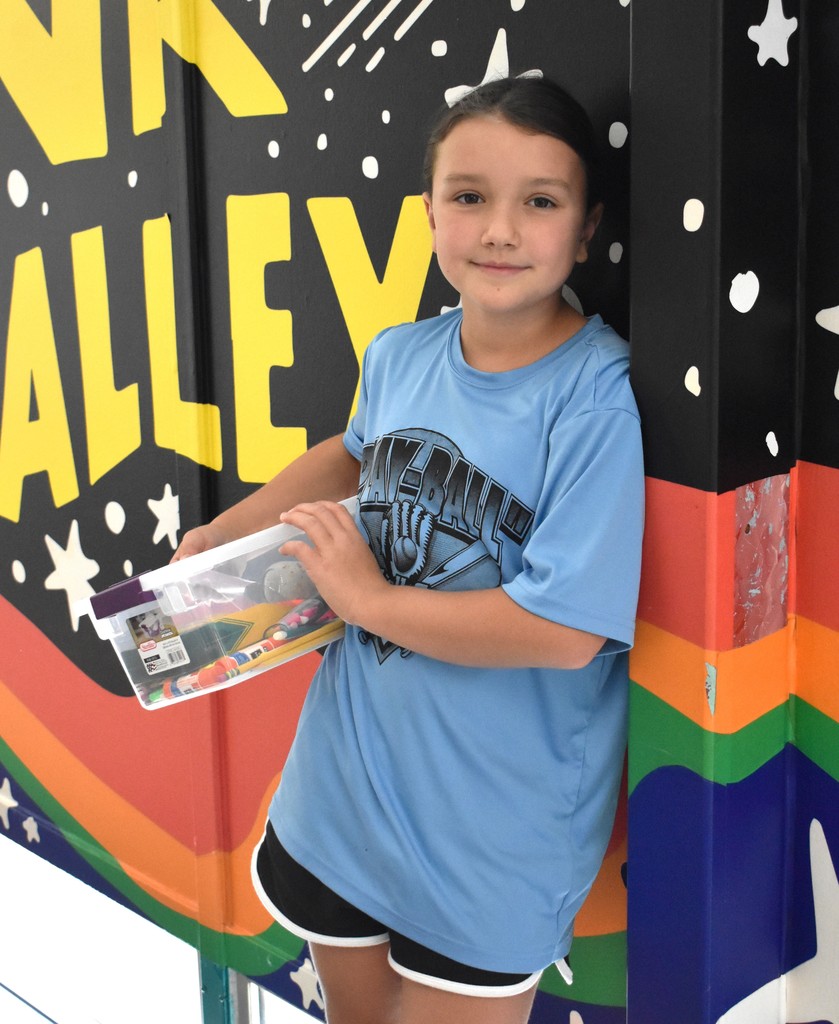
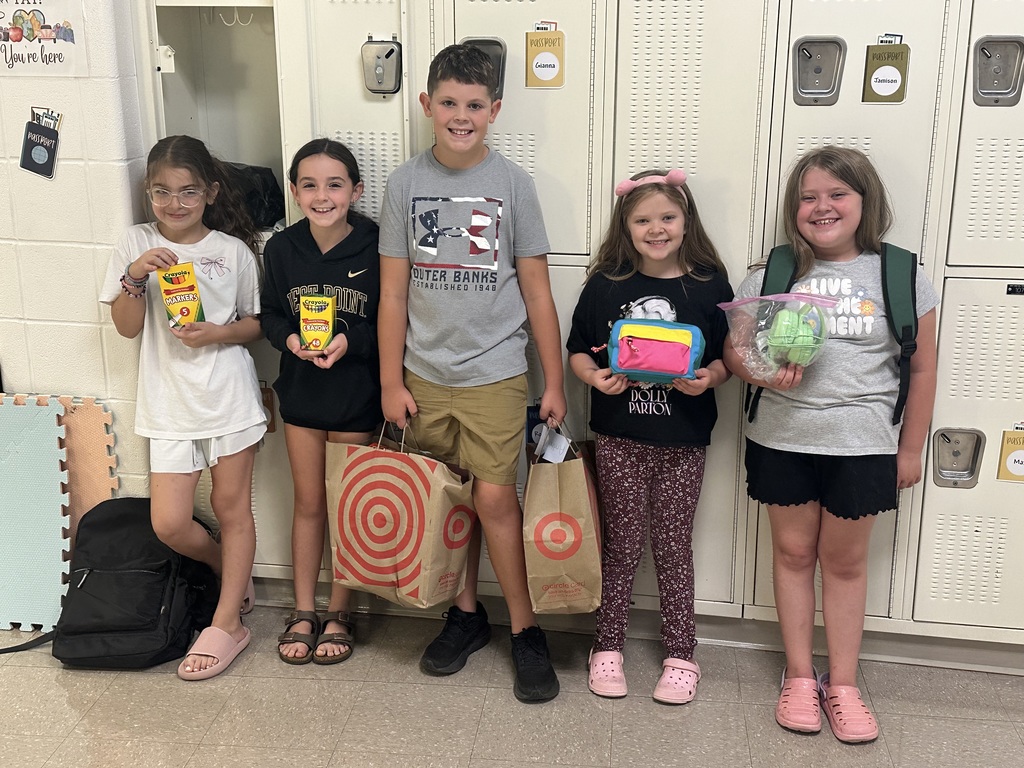
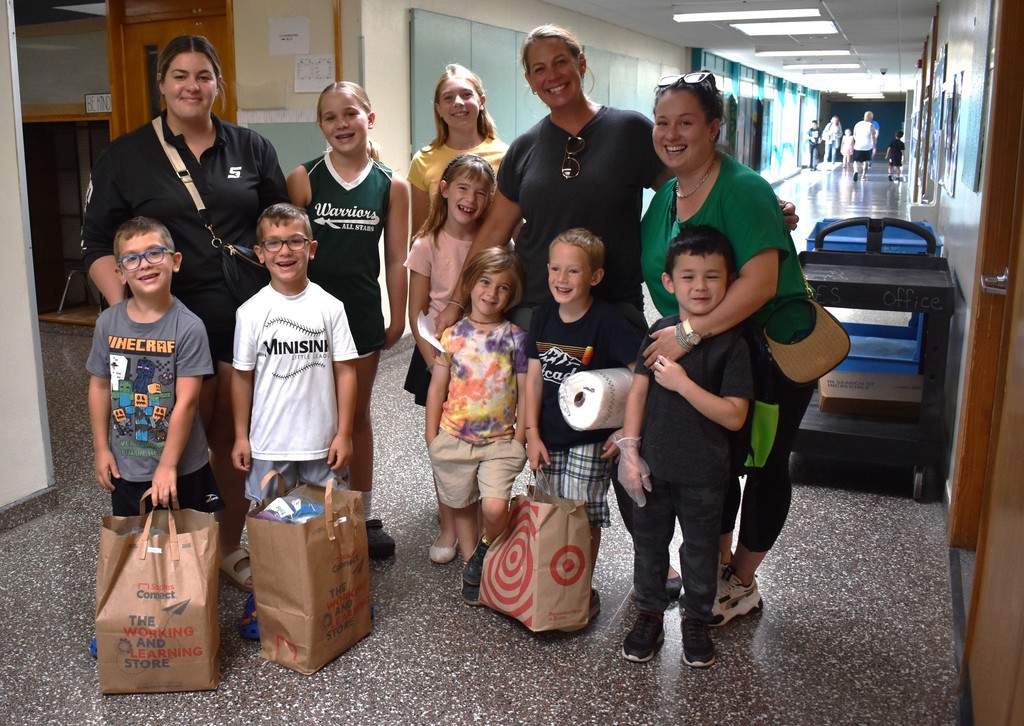
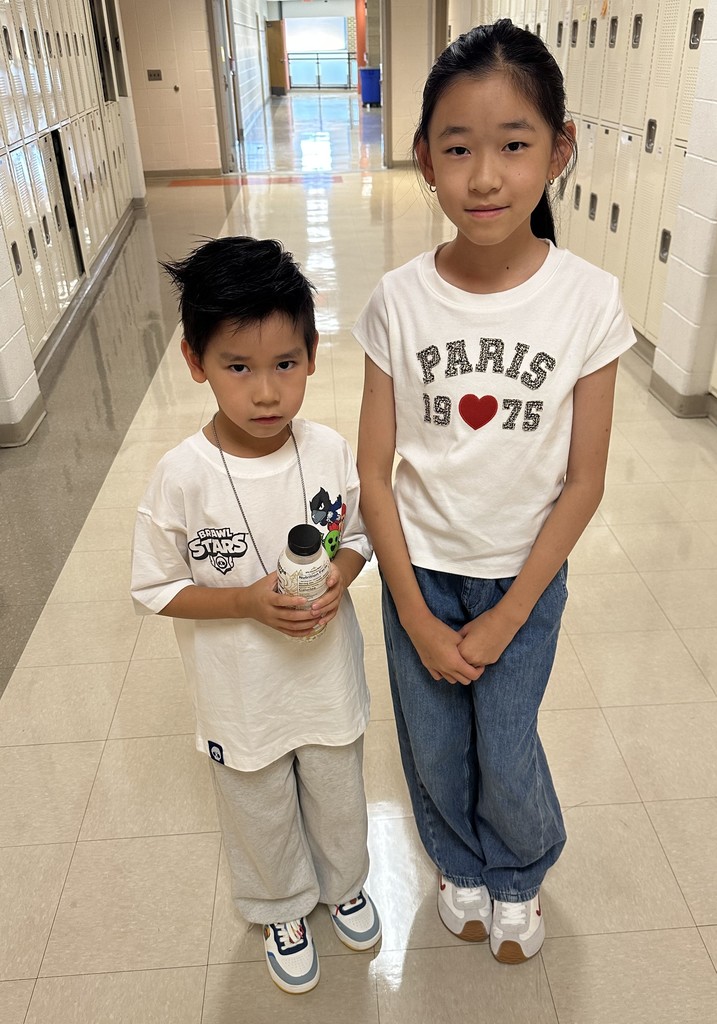
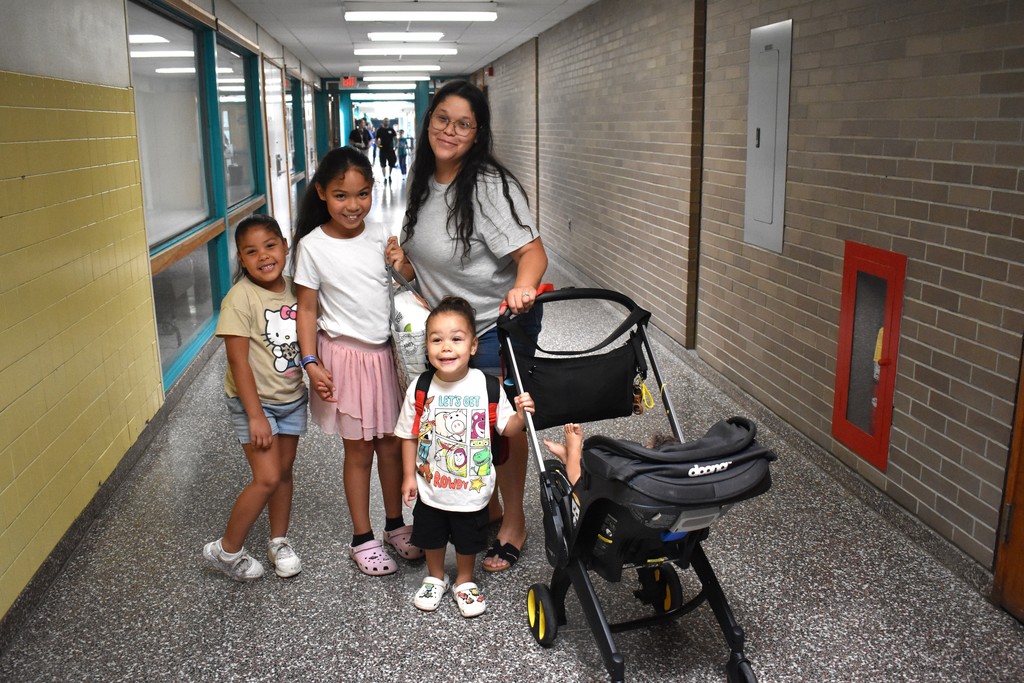
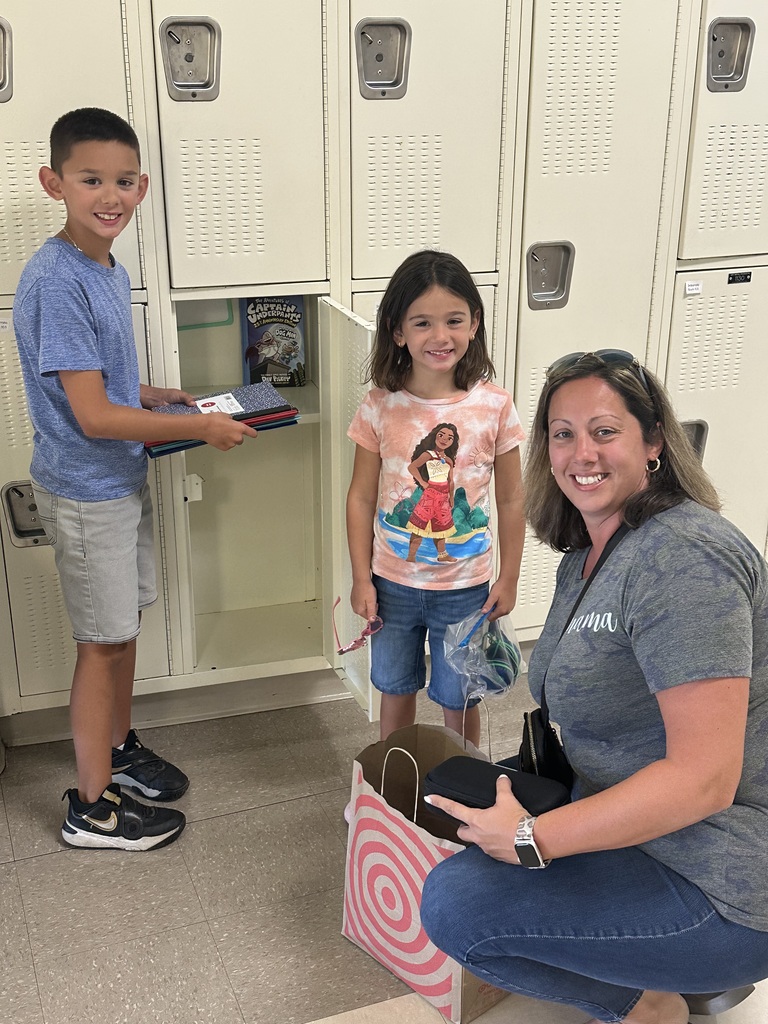
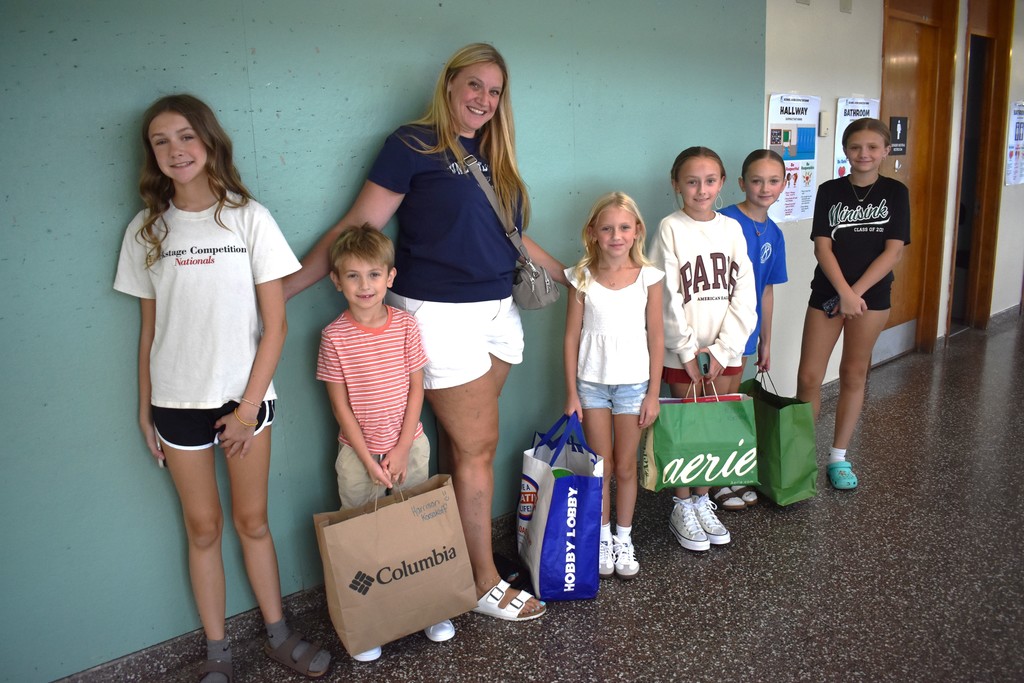
PLEASE SHARE! Support the great work of the Minisink Valley PTO and update your wardrobe with some fabulous, new Minisink Valley apparel, which includes some terrific Otisville Elementary swag, too! There's SOMETHING FOR EVERYONE: Shirts, shorts, pants, jackets, backpacks, hoodies, and winter hats!
Be sure to click on this link and see all that's available:
https://drive.google.com/drive/folders/1m6b1bQwU2HG_5kt67uoNCtZmosV3EaUM?fbclid=IwY2xjawMayLhleHRuA2FlbQIxMABicmlkETFaczdlMWtkMG54NVZHb2JSAR4sa-dSmkK8REVkRDYQhfG7kO4GuPdZS_EeFnBHtLUDleodQHXx3Ld3HthW2g_aem_YLrssM0oHtDhKh4mRwrRKA
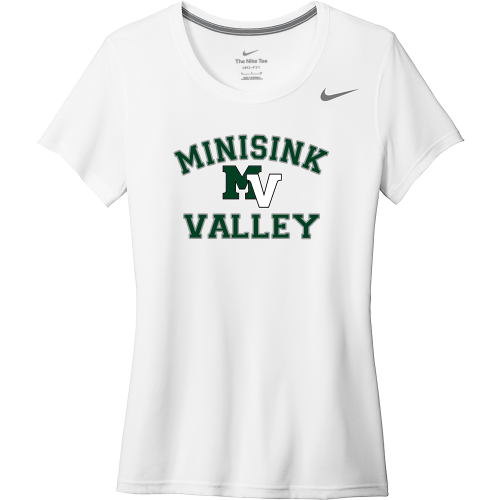
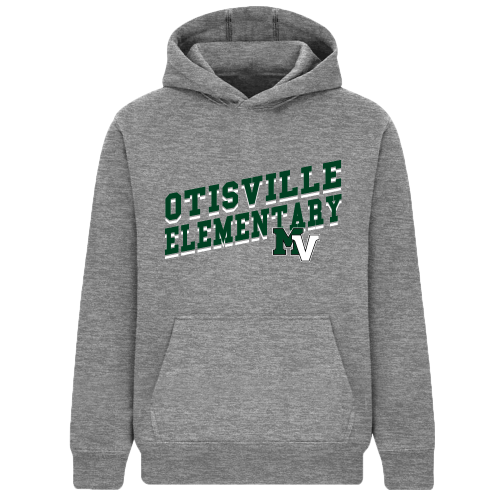

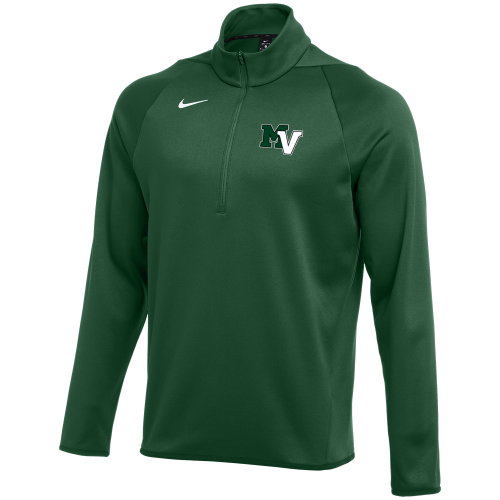

A benefit 5K Color Run/Walk will be held Saturday, Aug. 30 at the Slate Hill Campus! GREAT FUN FOR ALL! PLEASE SHARE!!
Here's the details:
https://www.signupgenius.com/go/10C0A4BA9A629A4FEC43-57961307-minisink?fbclid=IwY2xjawMVobtleHRuA2FlbQIxMABicmlkETFJcFNvM1dCNlRWTDVDZGJIAR6AGVgOypoPCEIW-xr8VotEu84L6ZPcxL2cKZYBWL1dq3VfhLK09HRFUlvIzA_aem_HYOgVCagZQ3fERSqxYu8rA#/
For questions, please email Class Advisor Larry Scarzfava at lscarzfava@minisink.com or student
Morgan Varian at morganv811@icloud.com

This work will involve a full road closure between County Road 1 and Woods Road/Monahan Road with a signed detour beginning on or about Sept. 2 for approximately two months.
Our Transportation Department suggests you consider this alternate route:
If driving to the Slate Hill Campus from the Port Jervis side, there are two options:
1)Turn left onto Greenville Turnpike, turn right onto Woods Road and then left onto Route 6
2)Turn Right onto Route 1, turn left at Monahan Road, then right onto Route 6.
Simply reverse these directions when leaving the campus.
IMPORTANT NOTE: The Transportation Department will be contacting families impacted by this closure regarding their students’ pick-ups and drop offs in the coming days. Thank you for your understanding and good grace.

